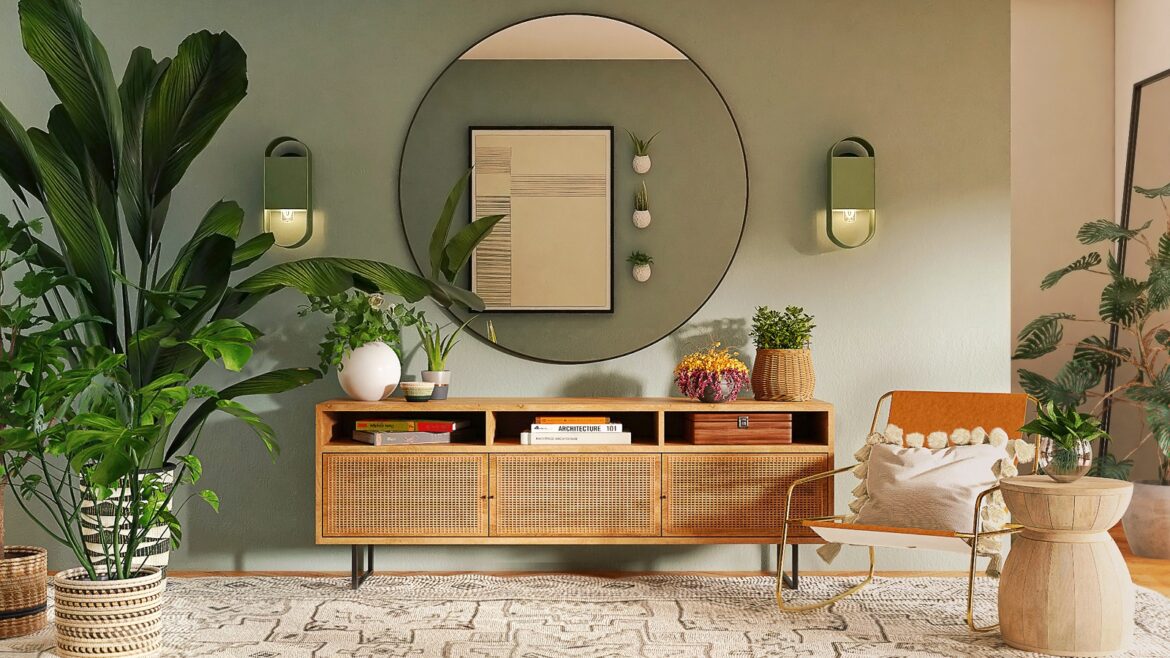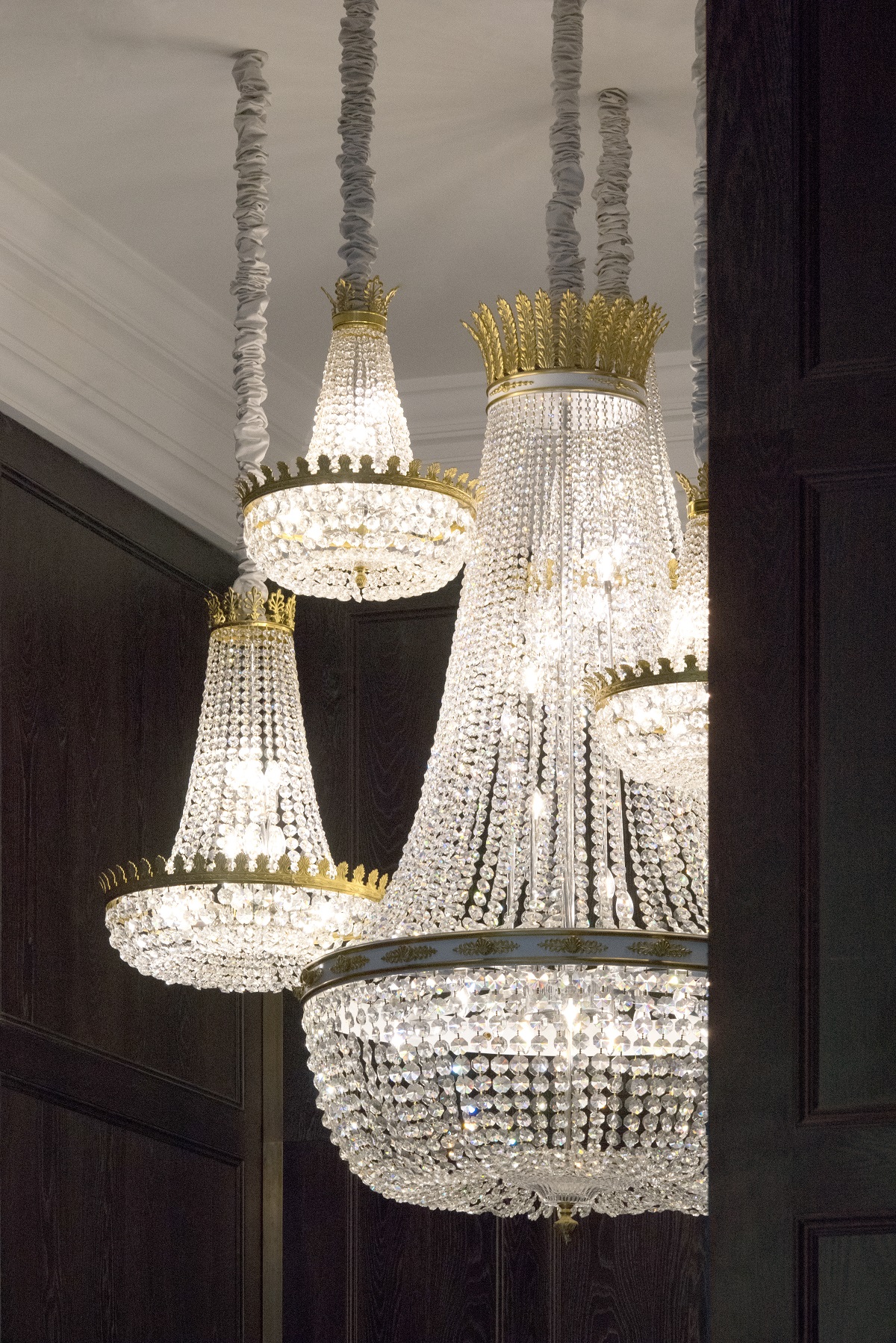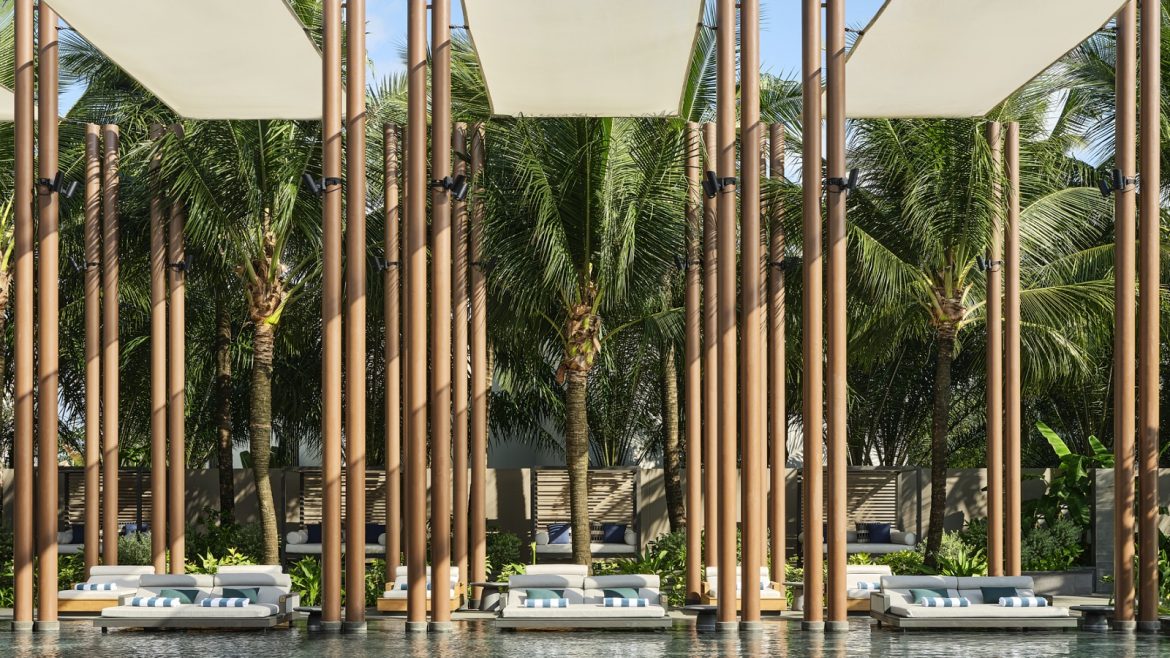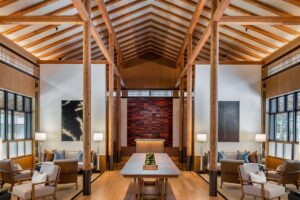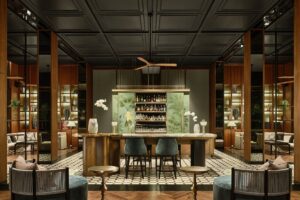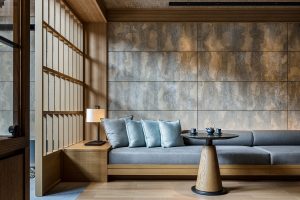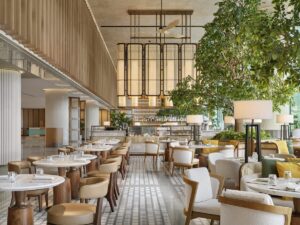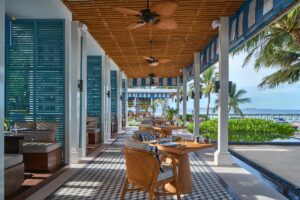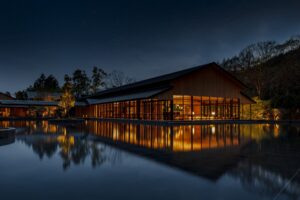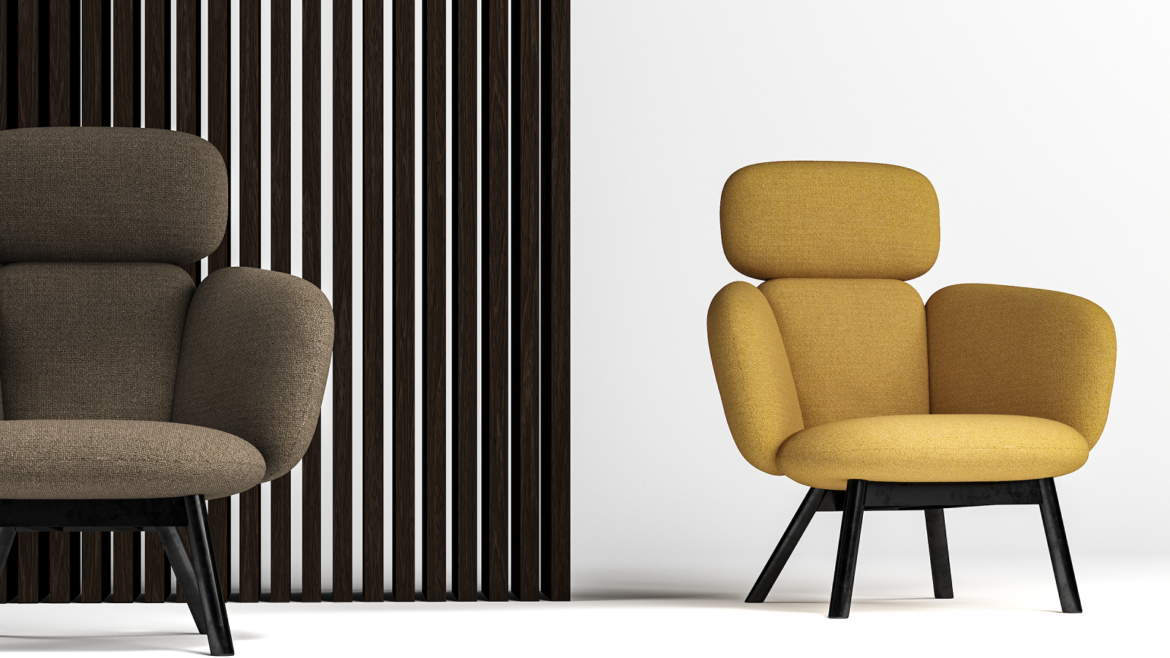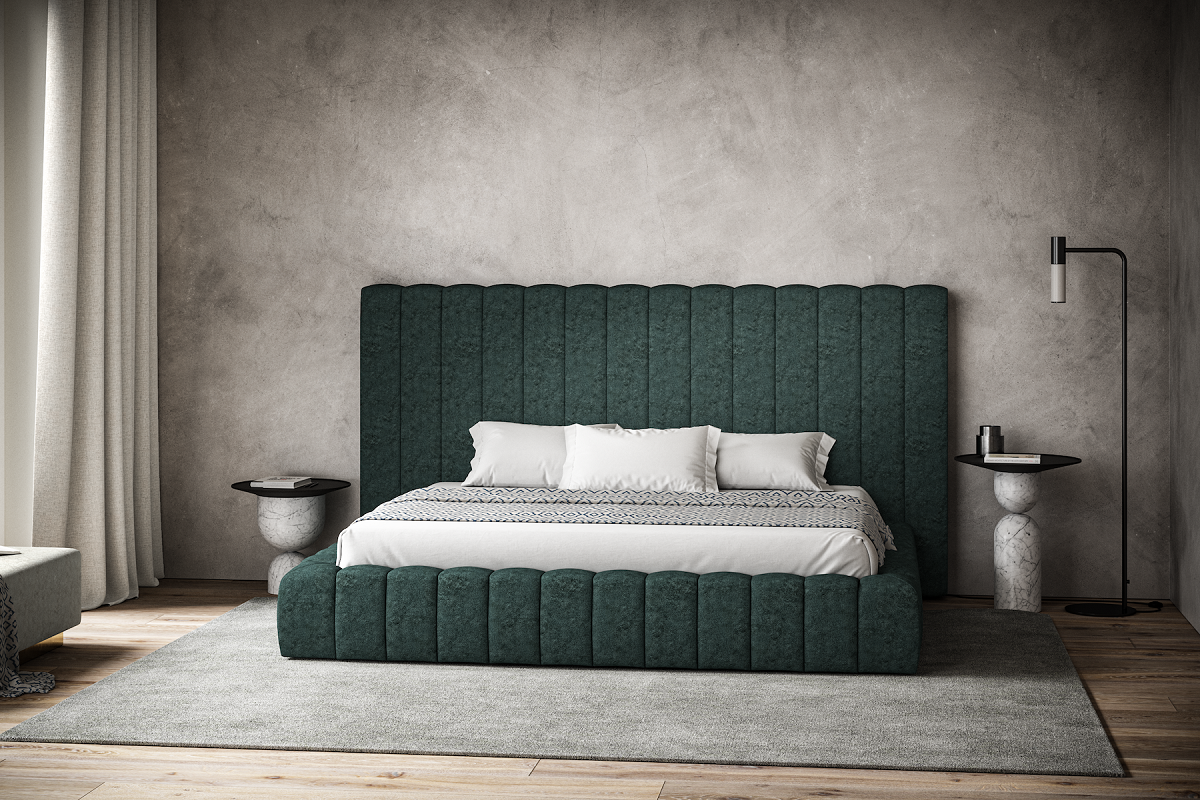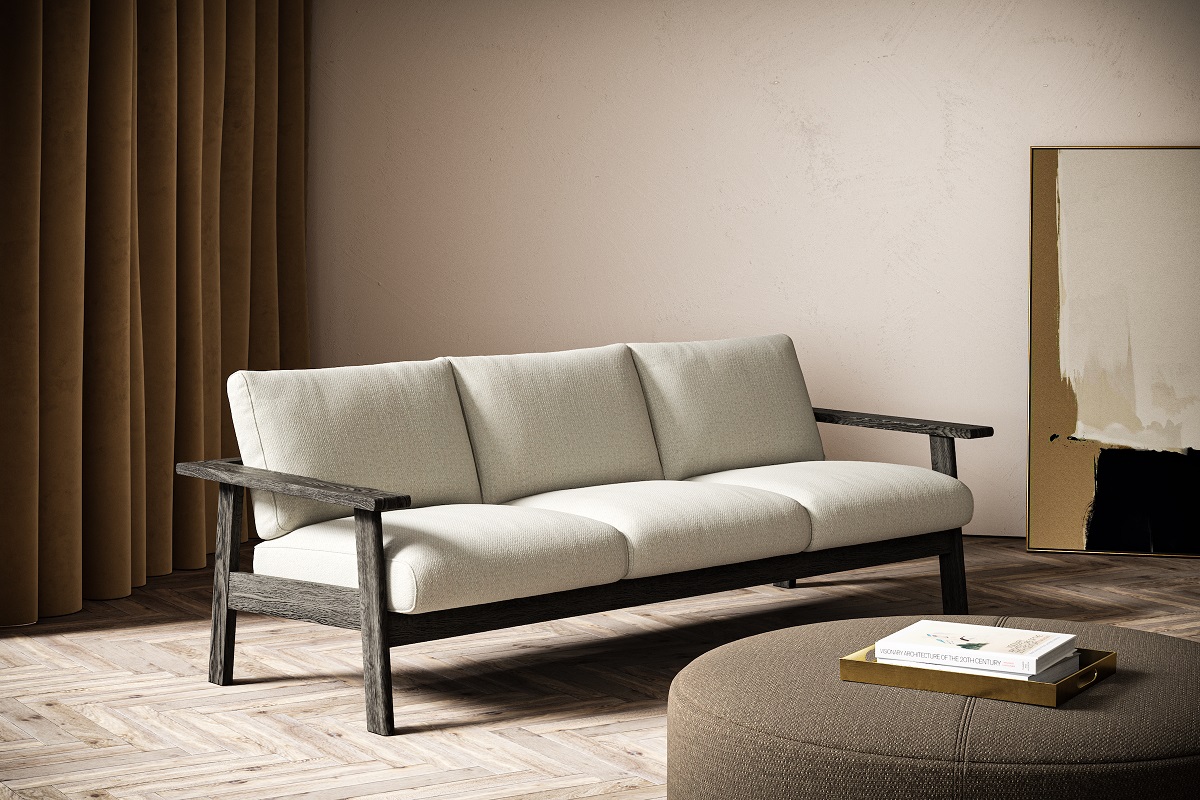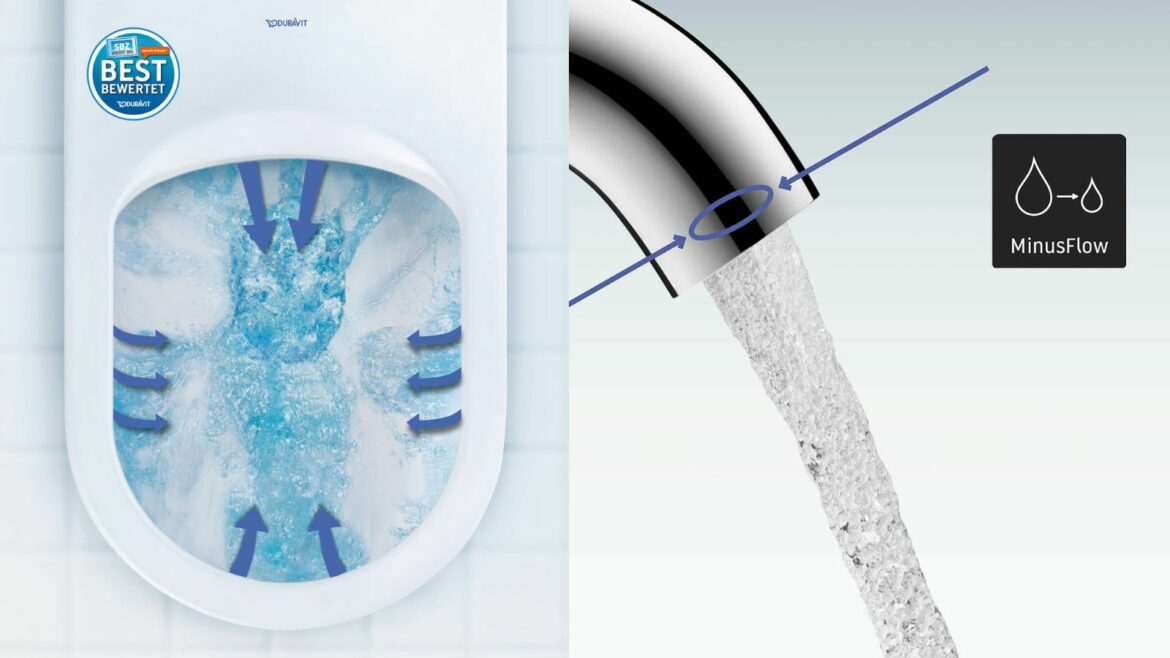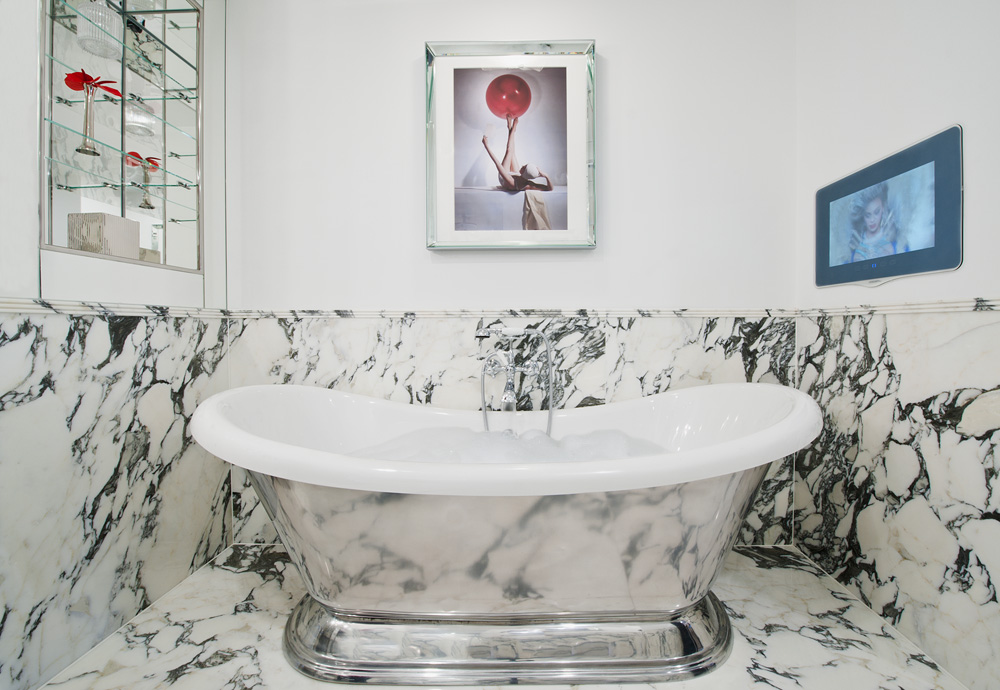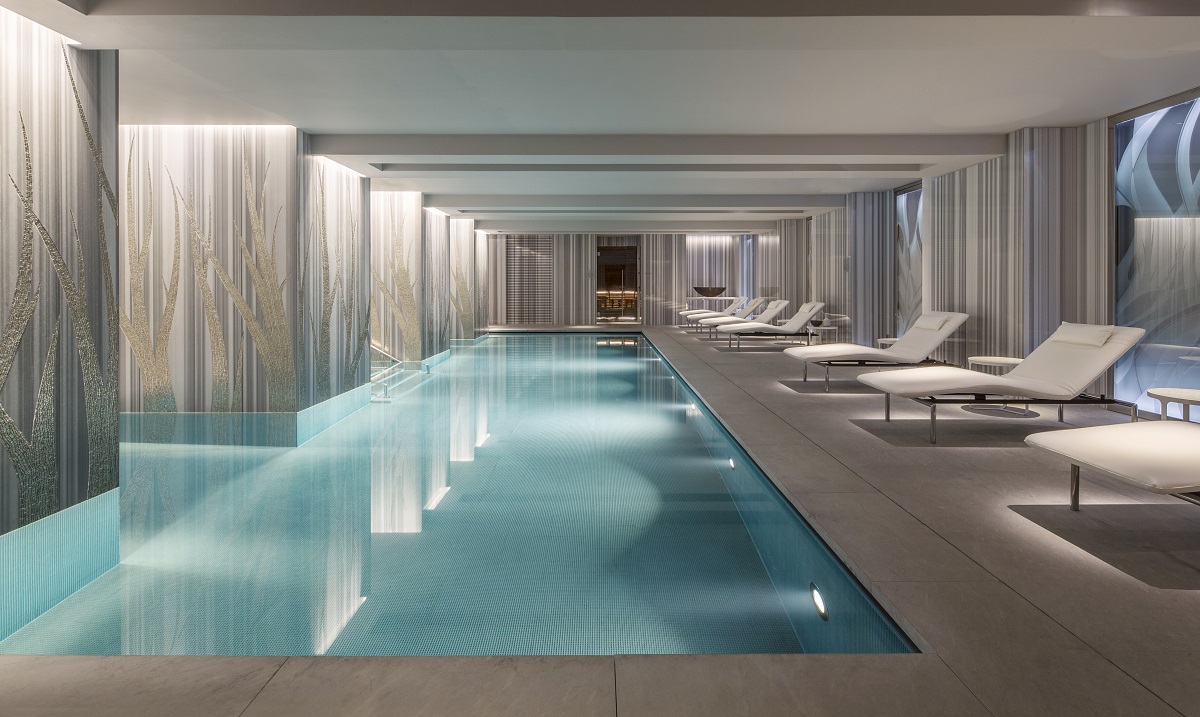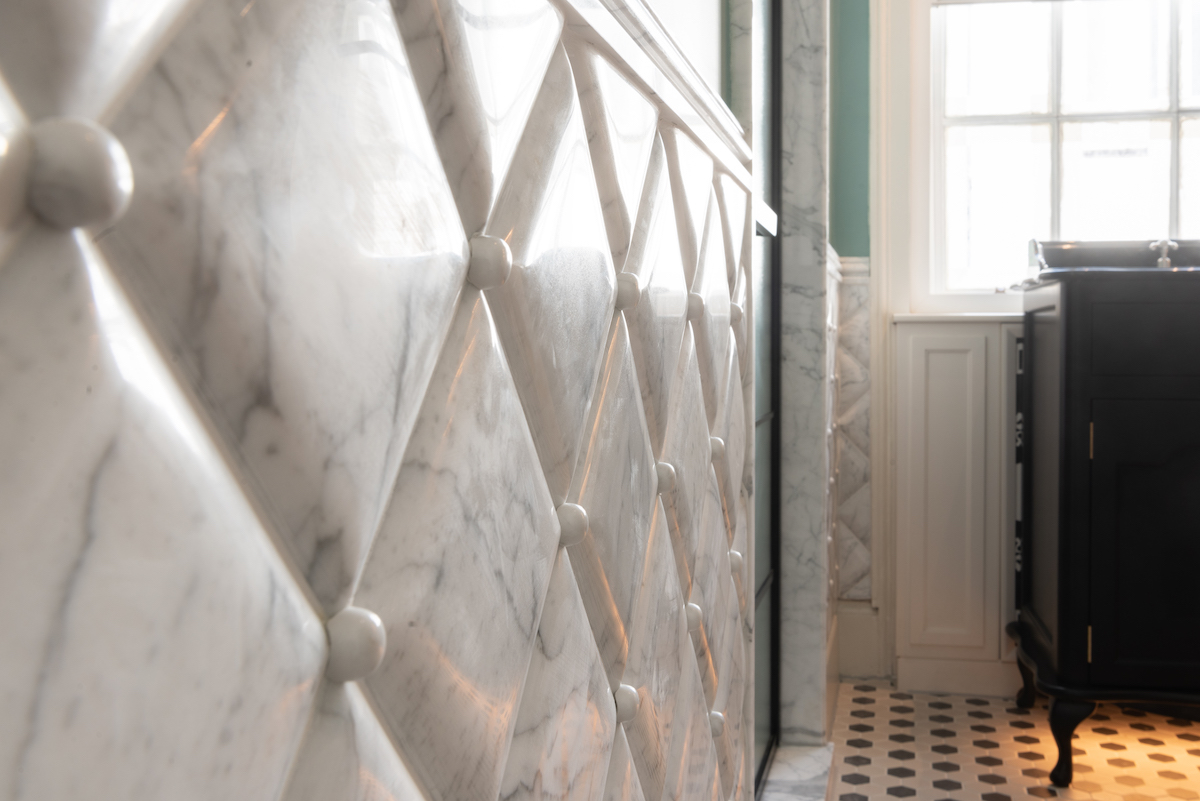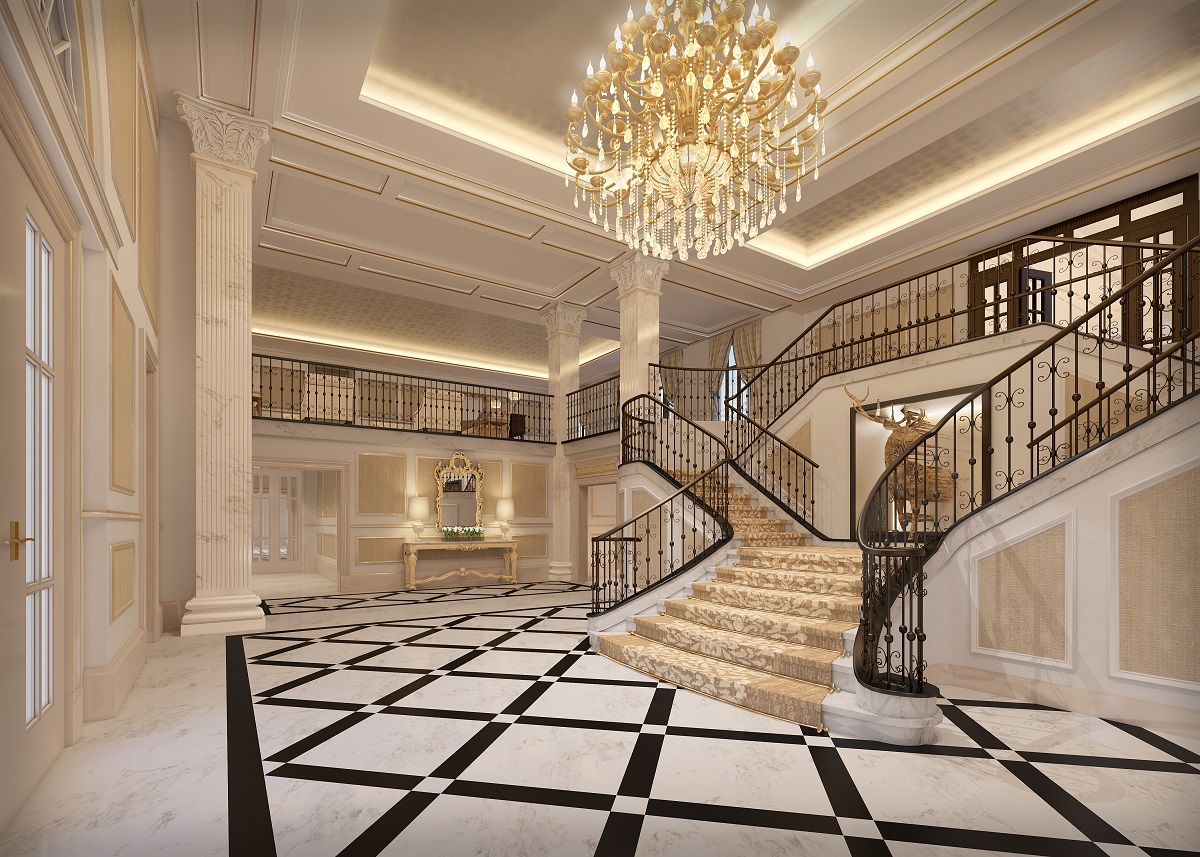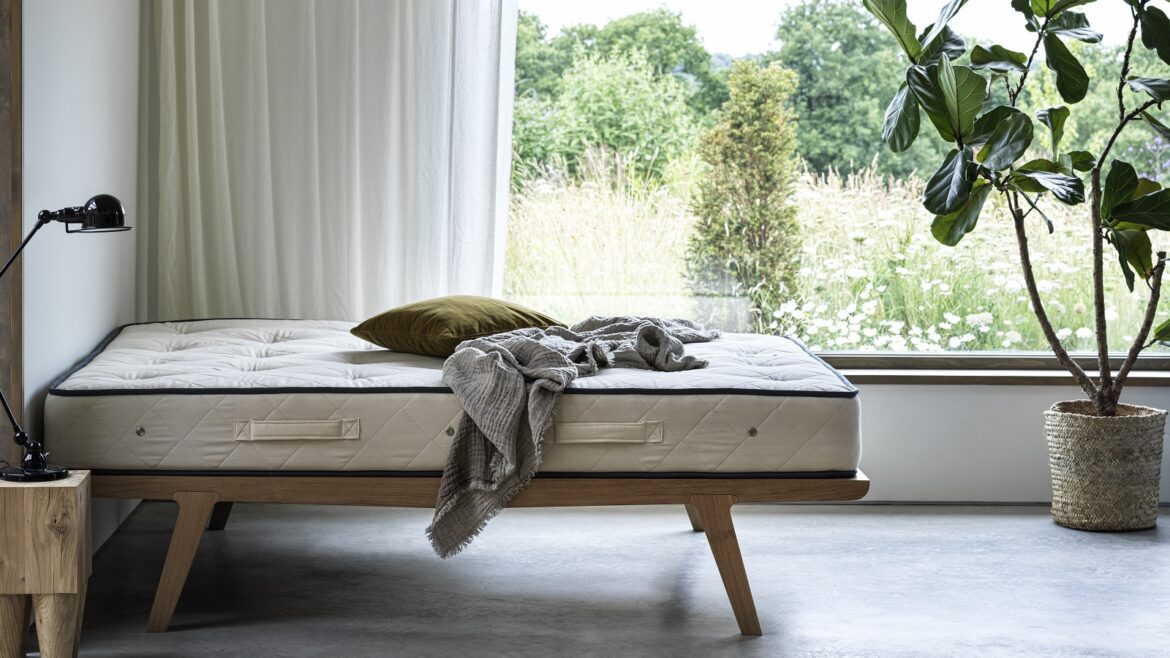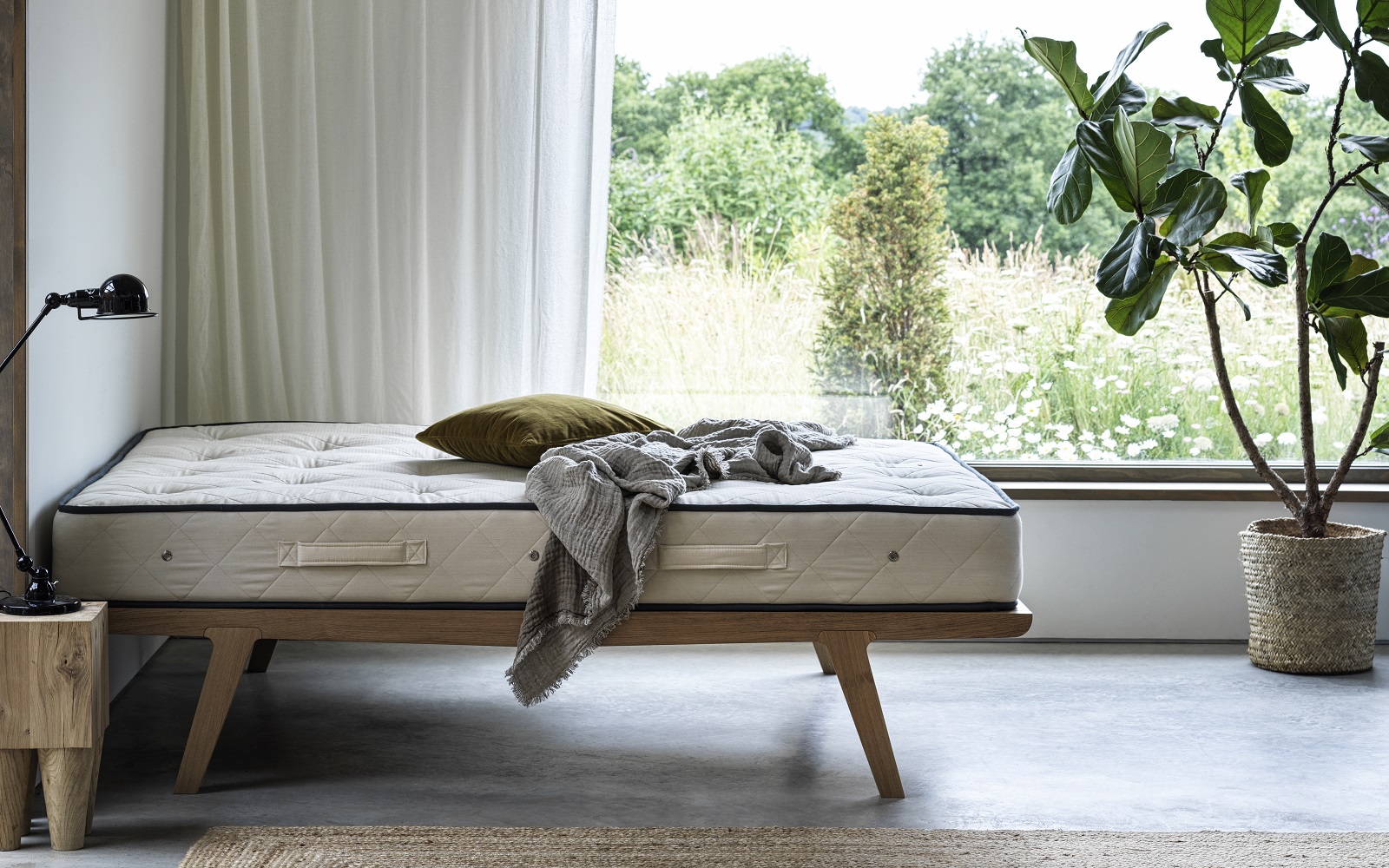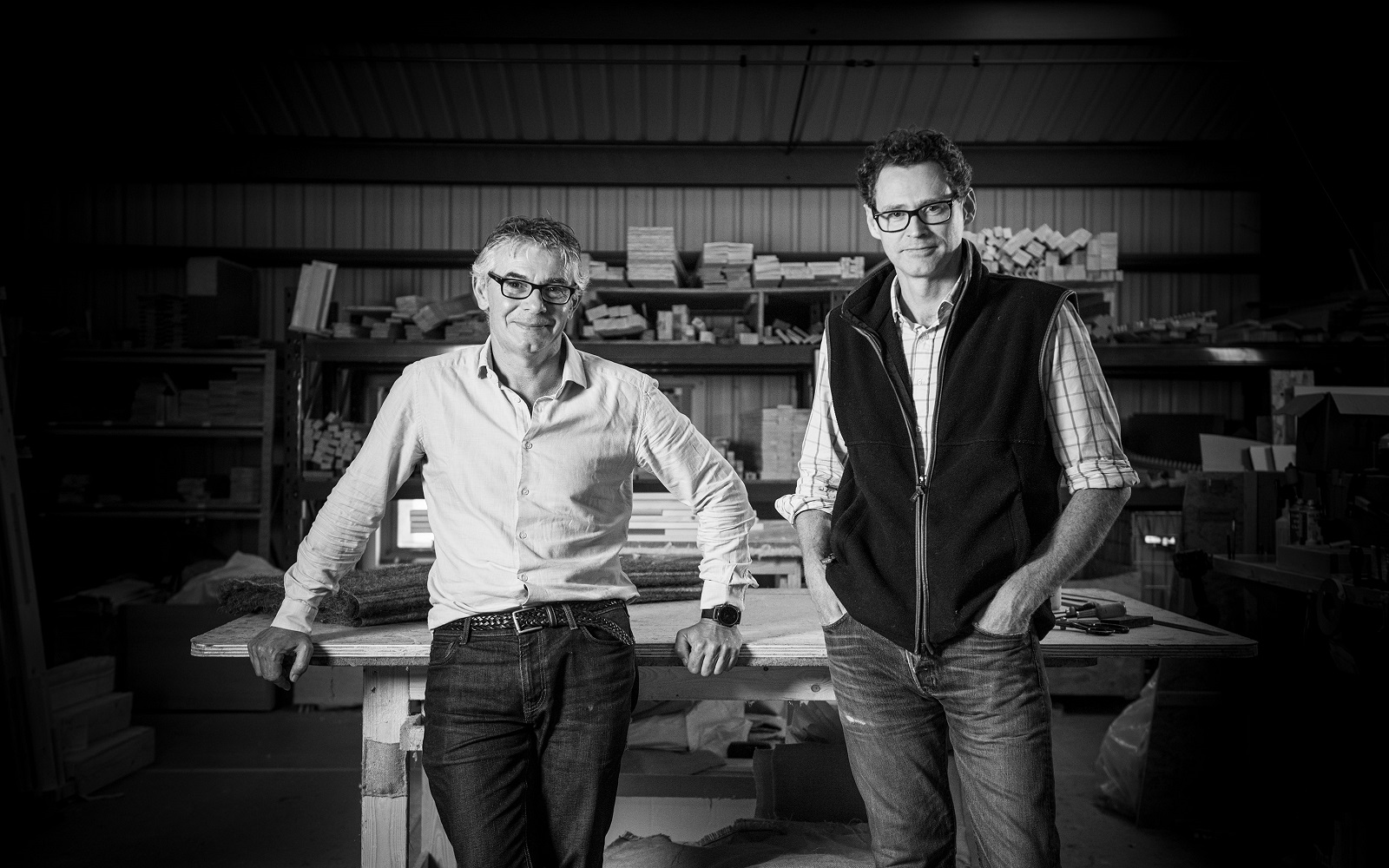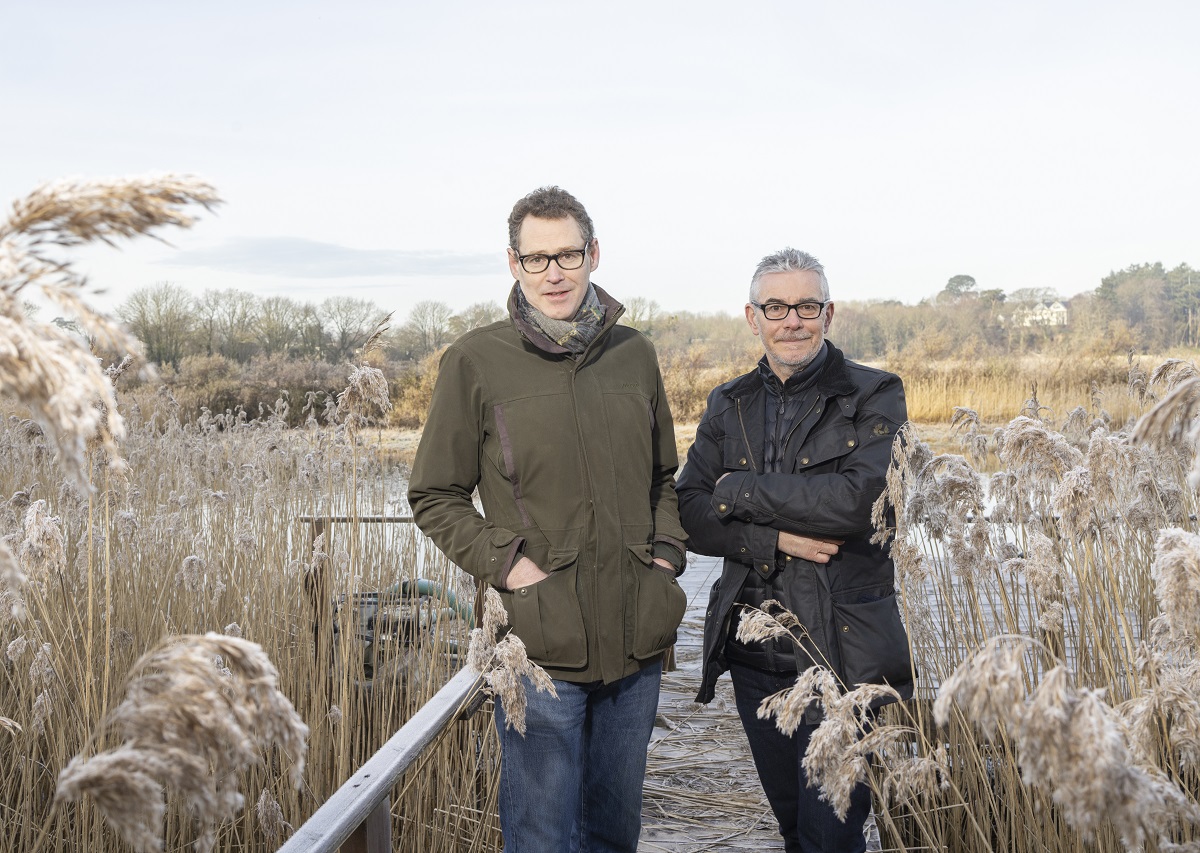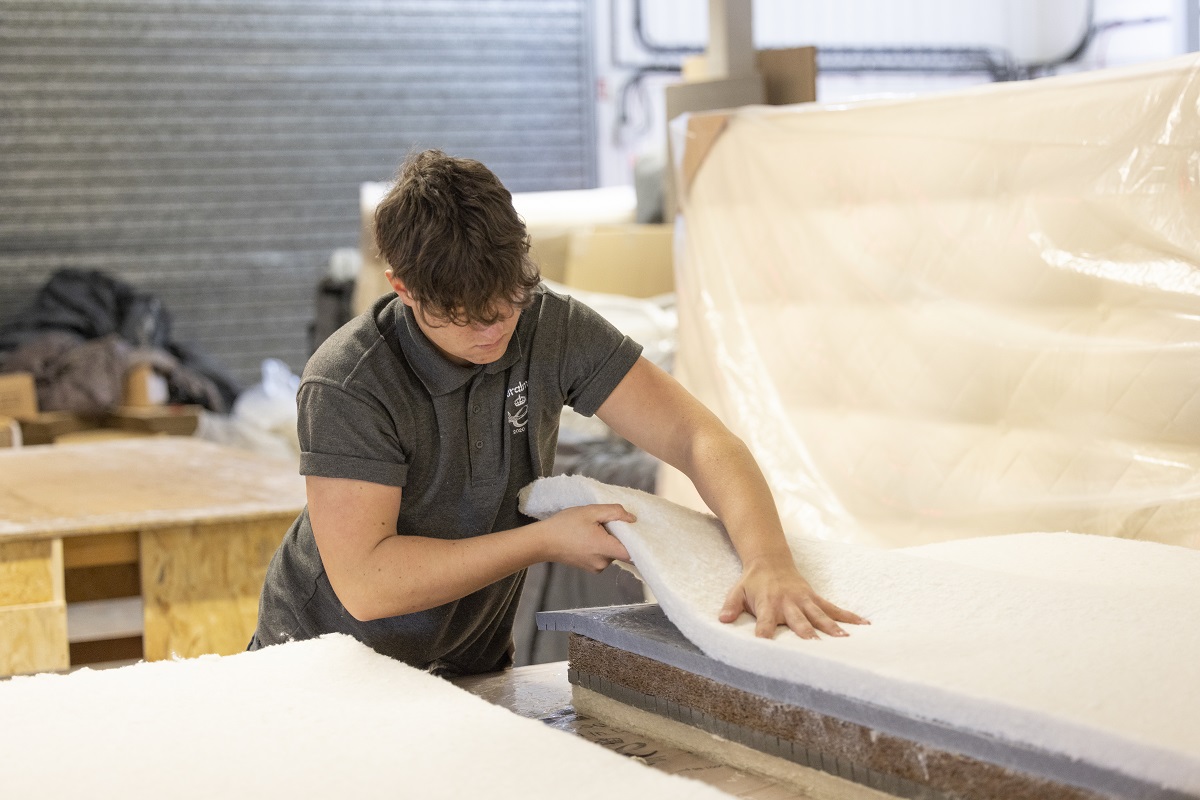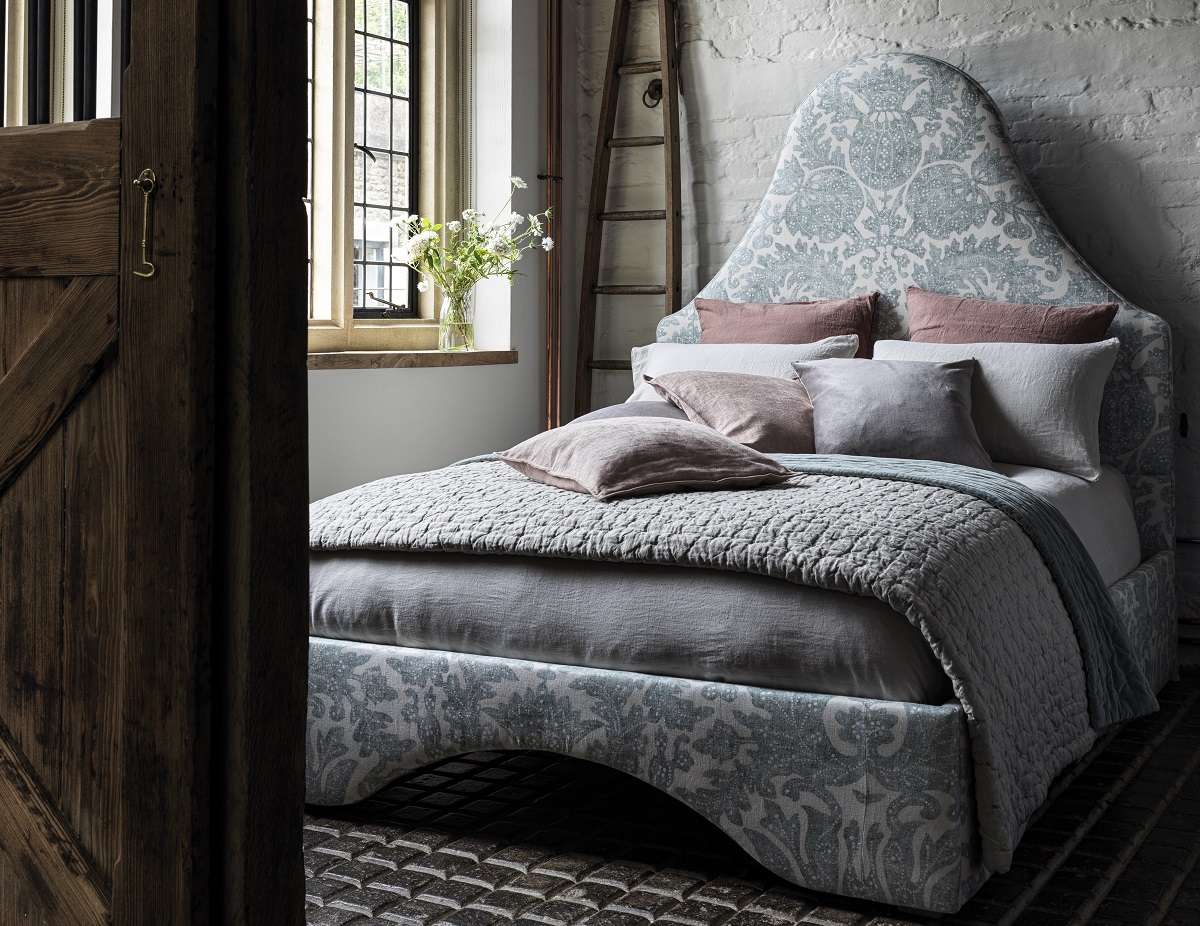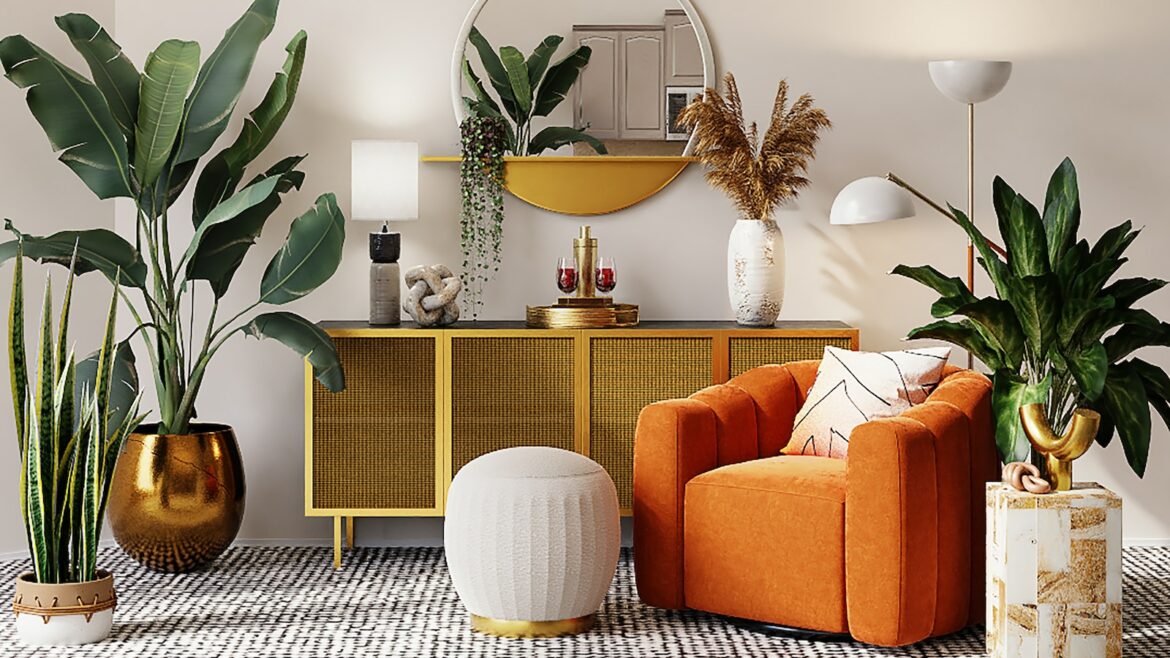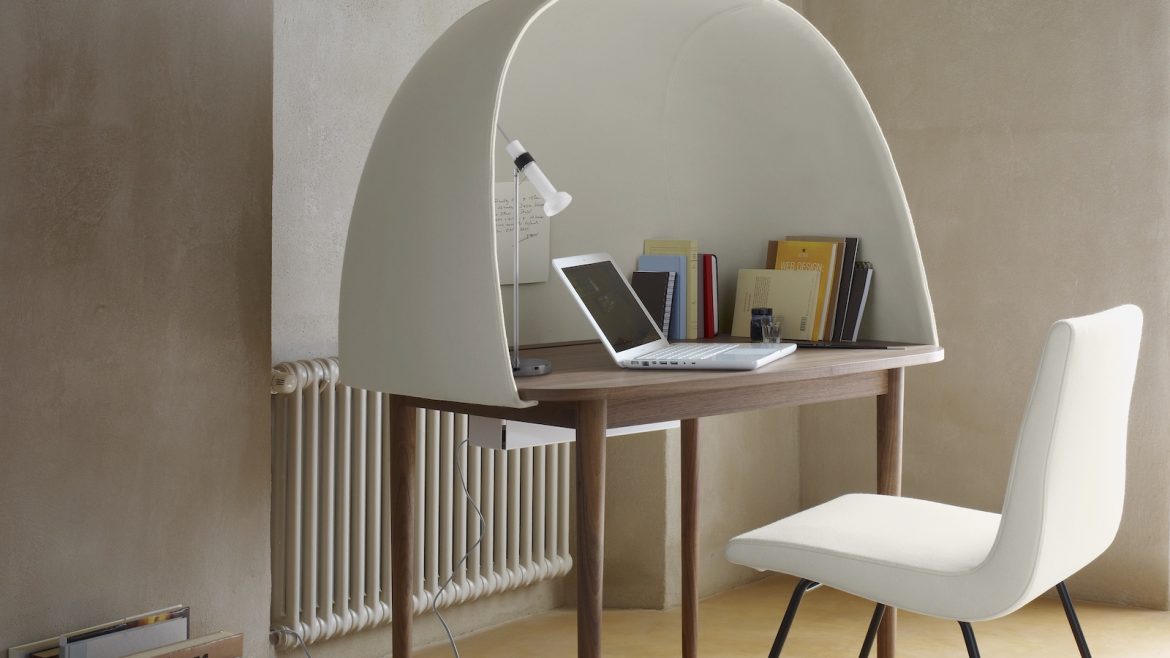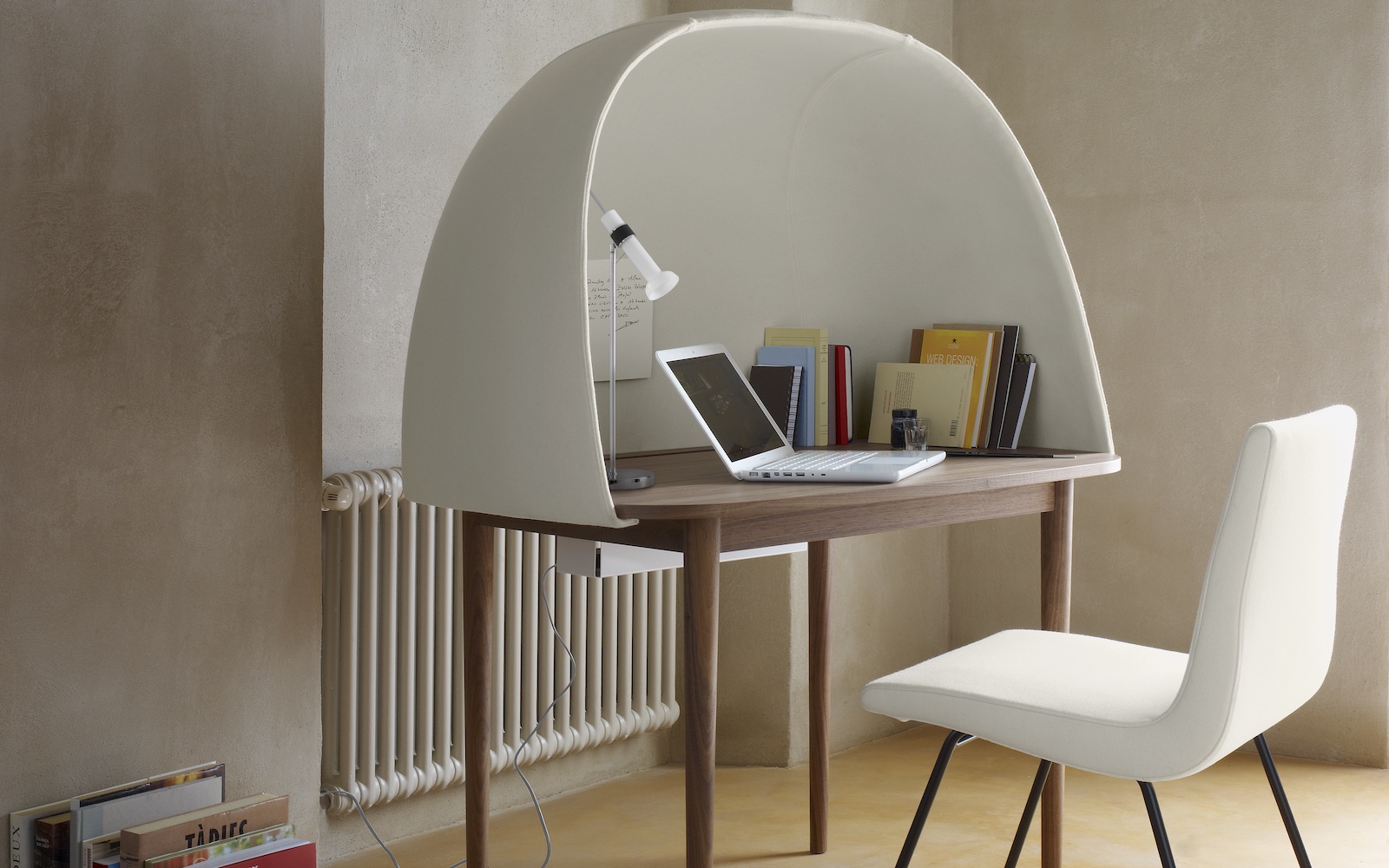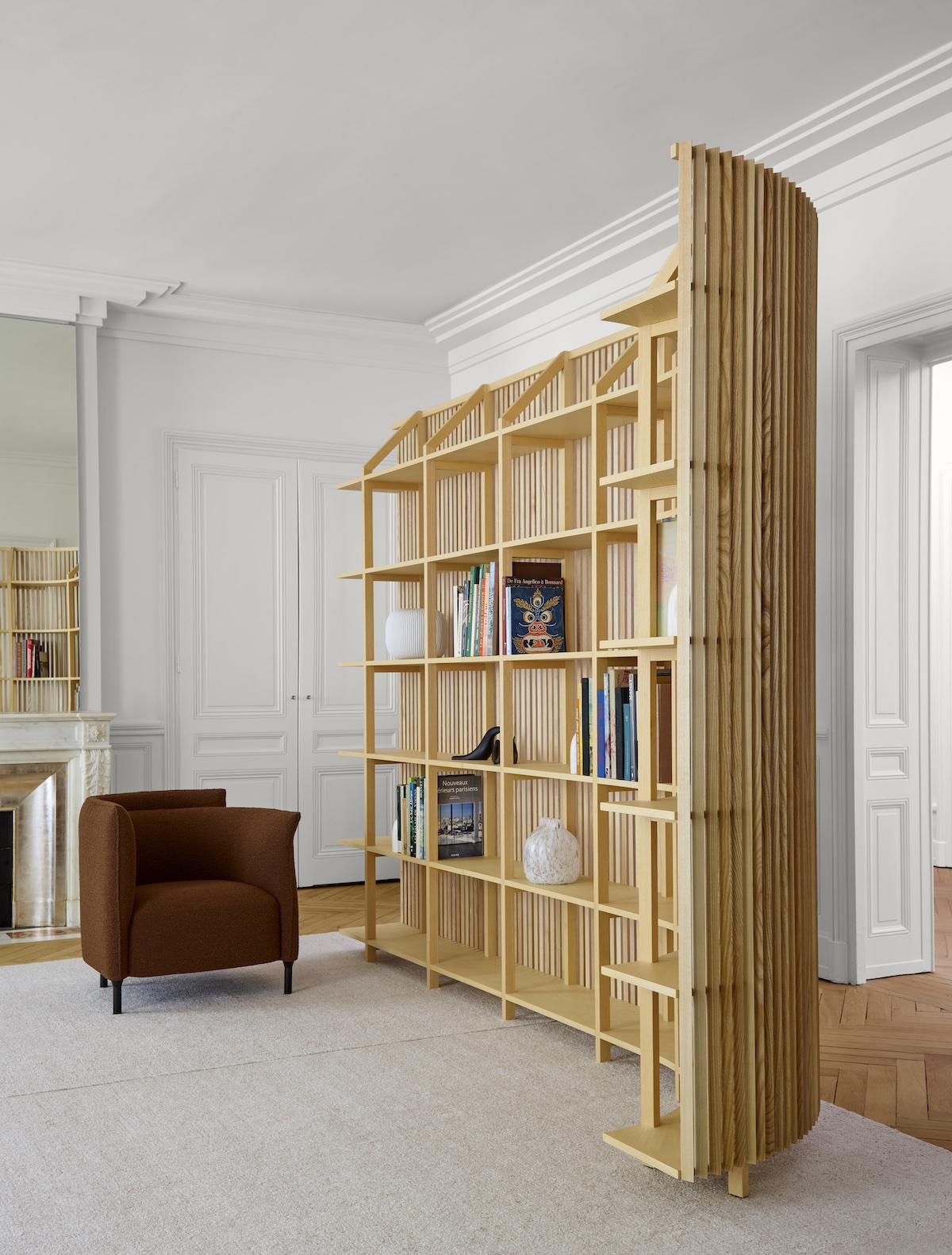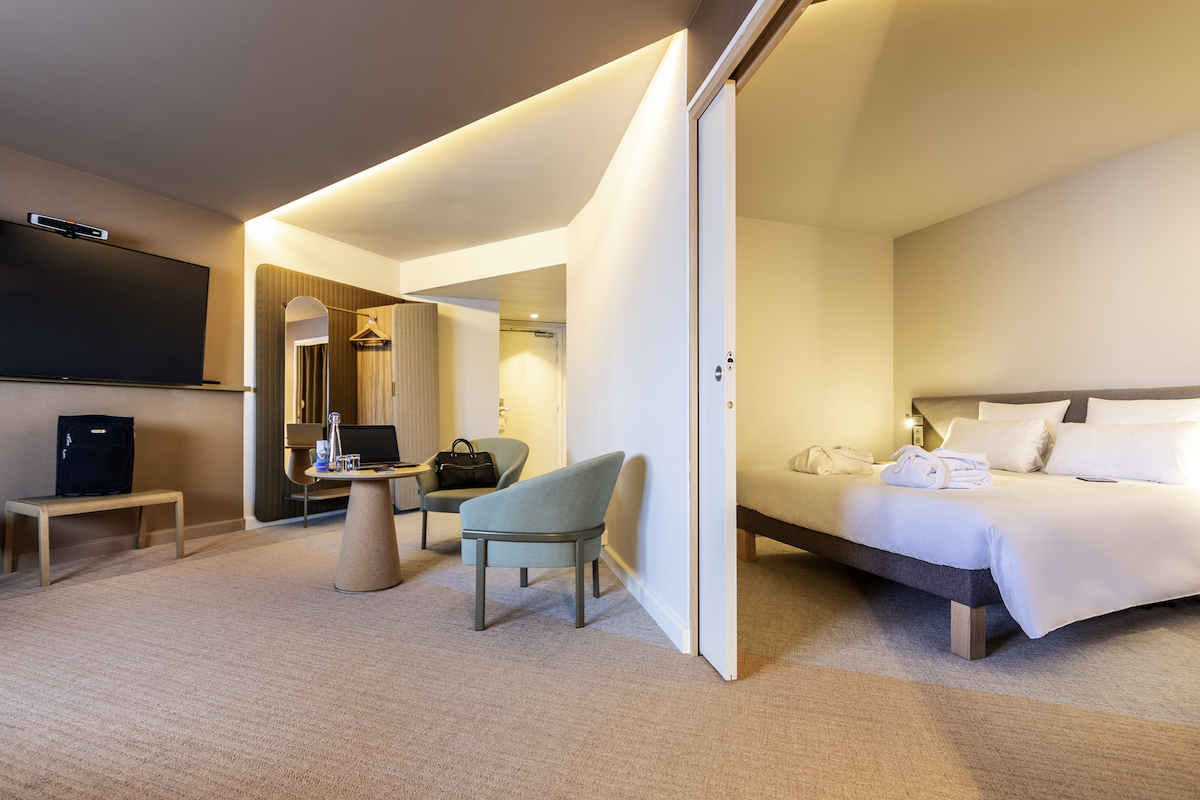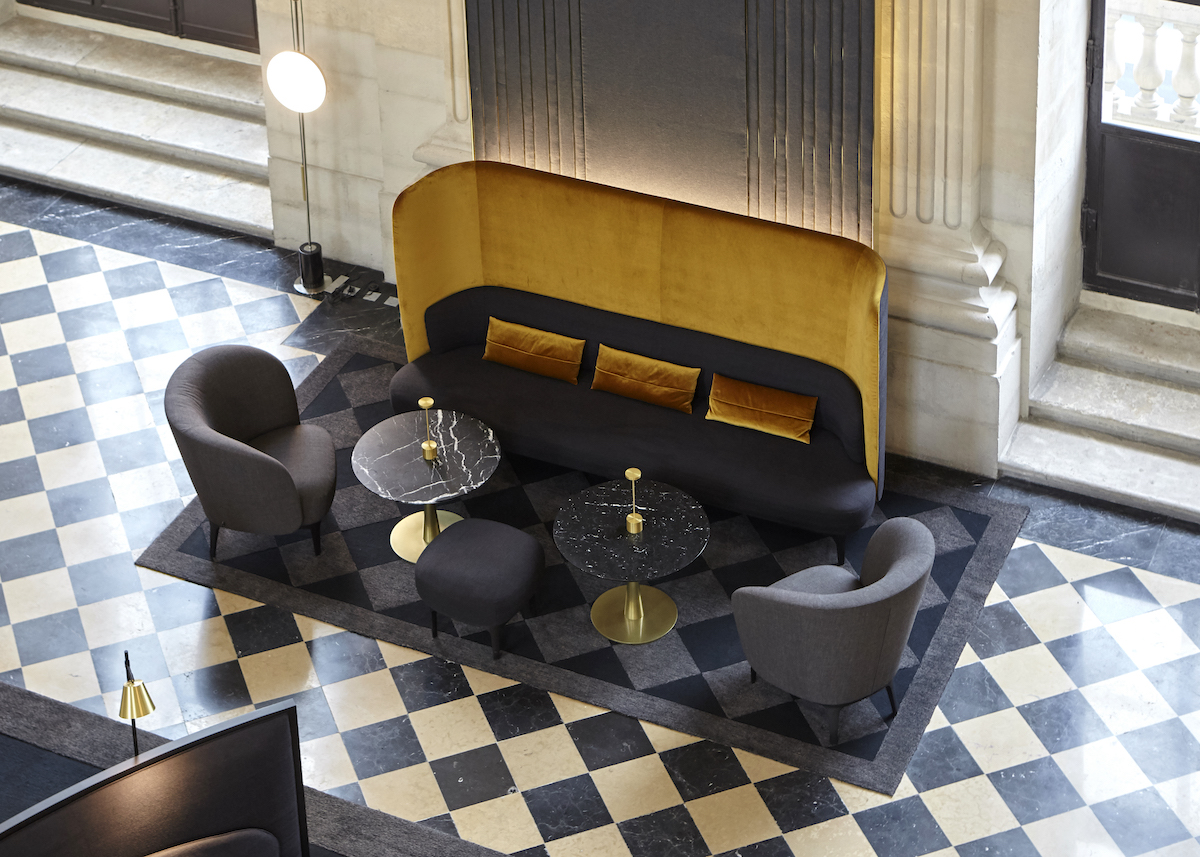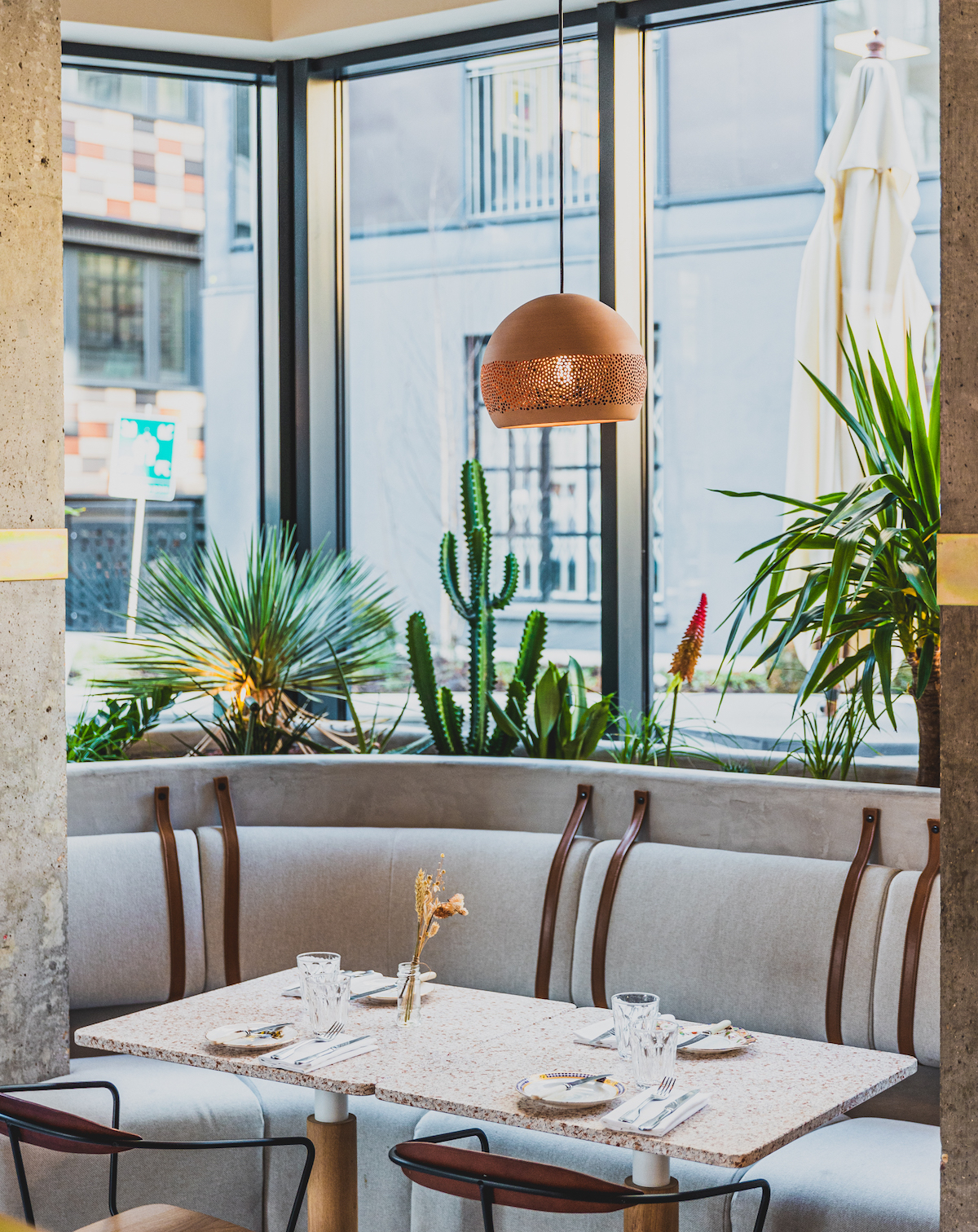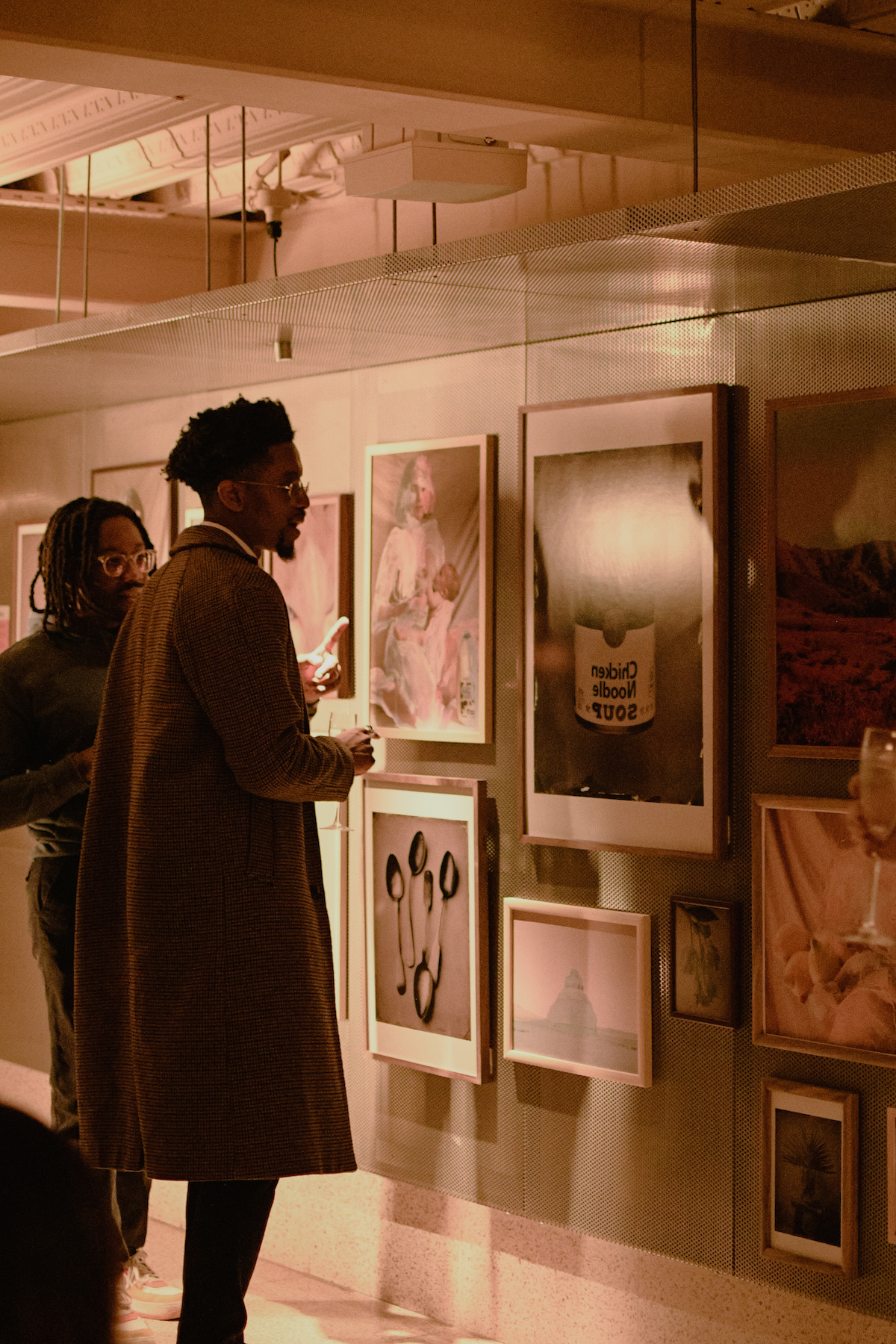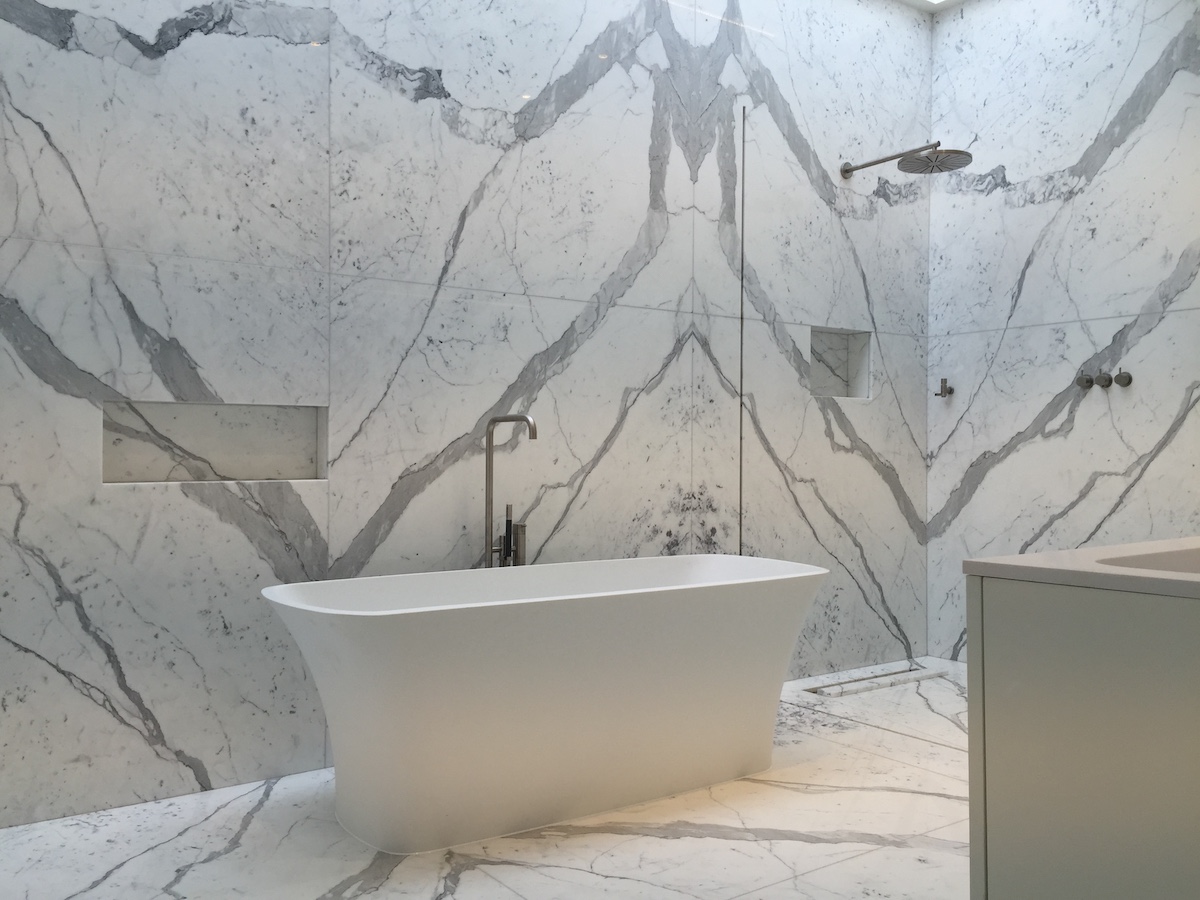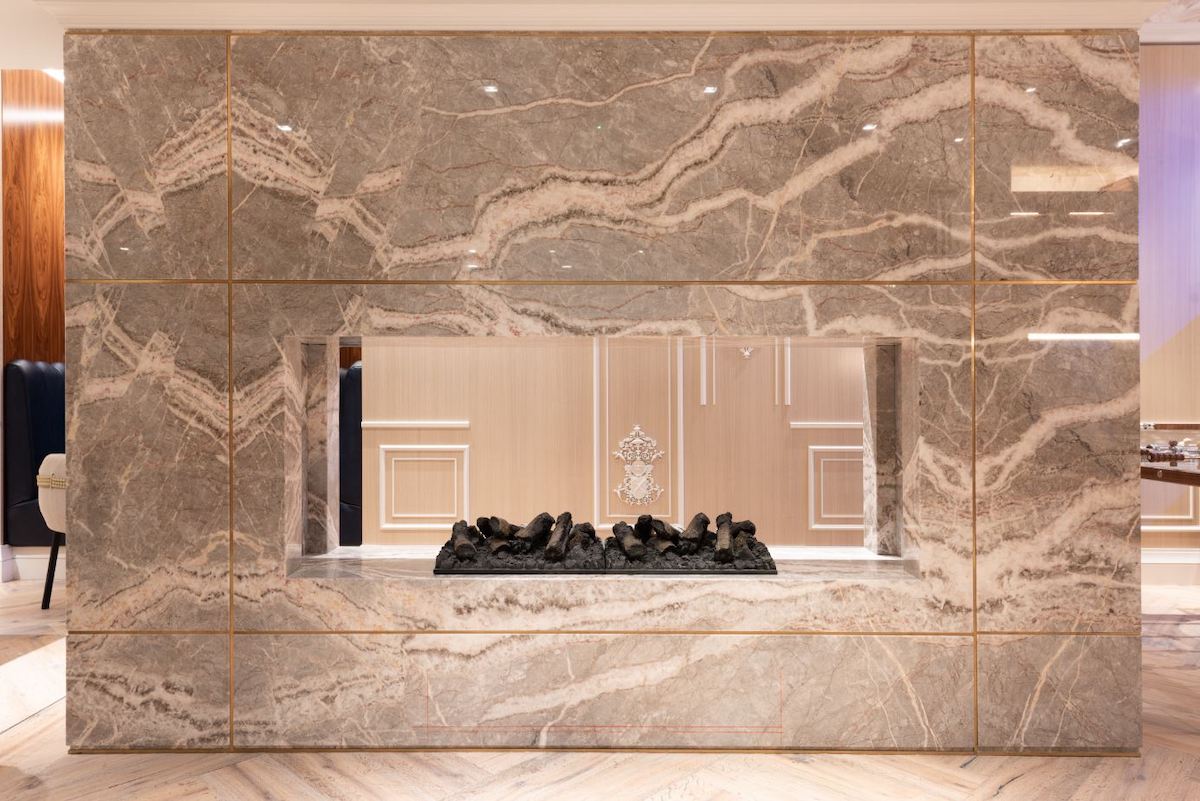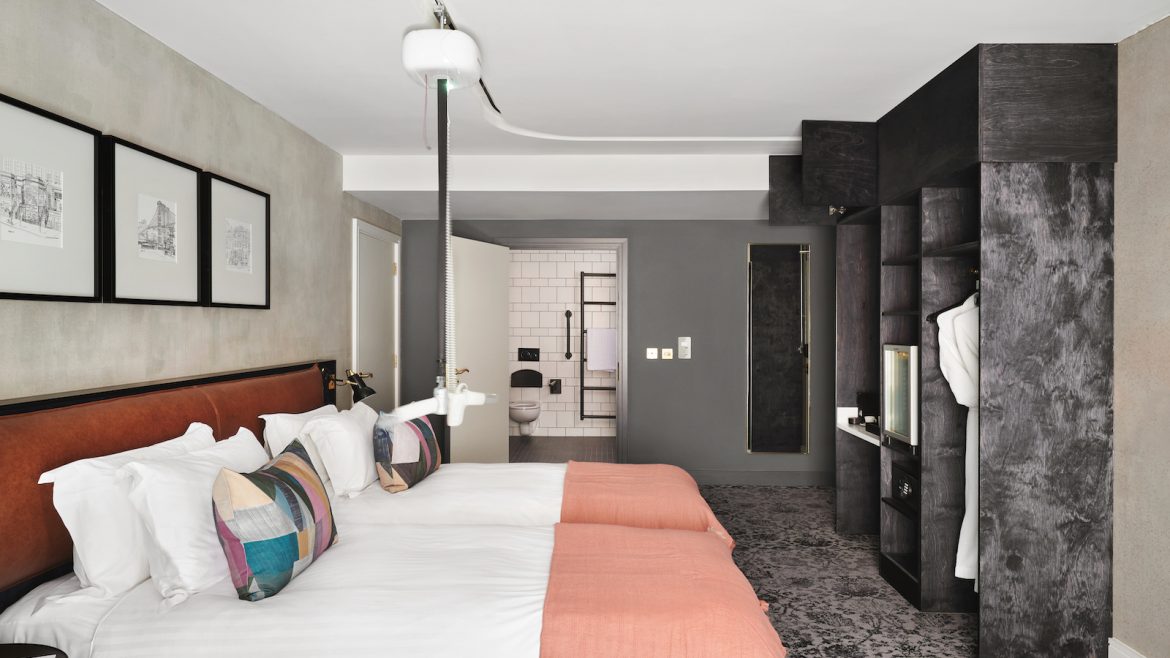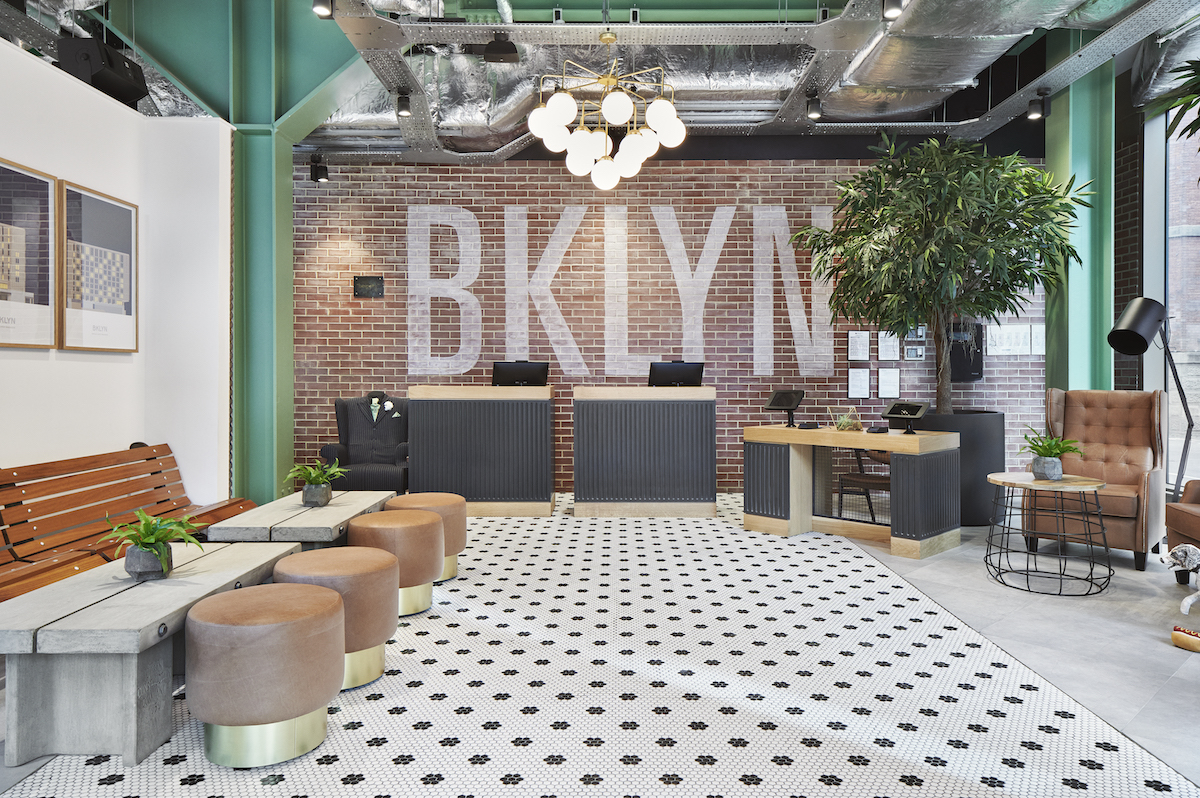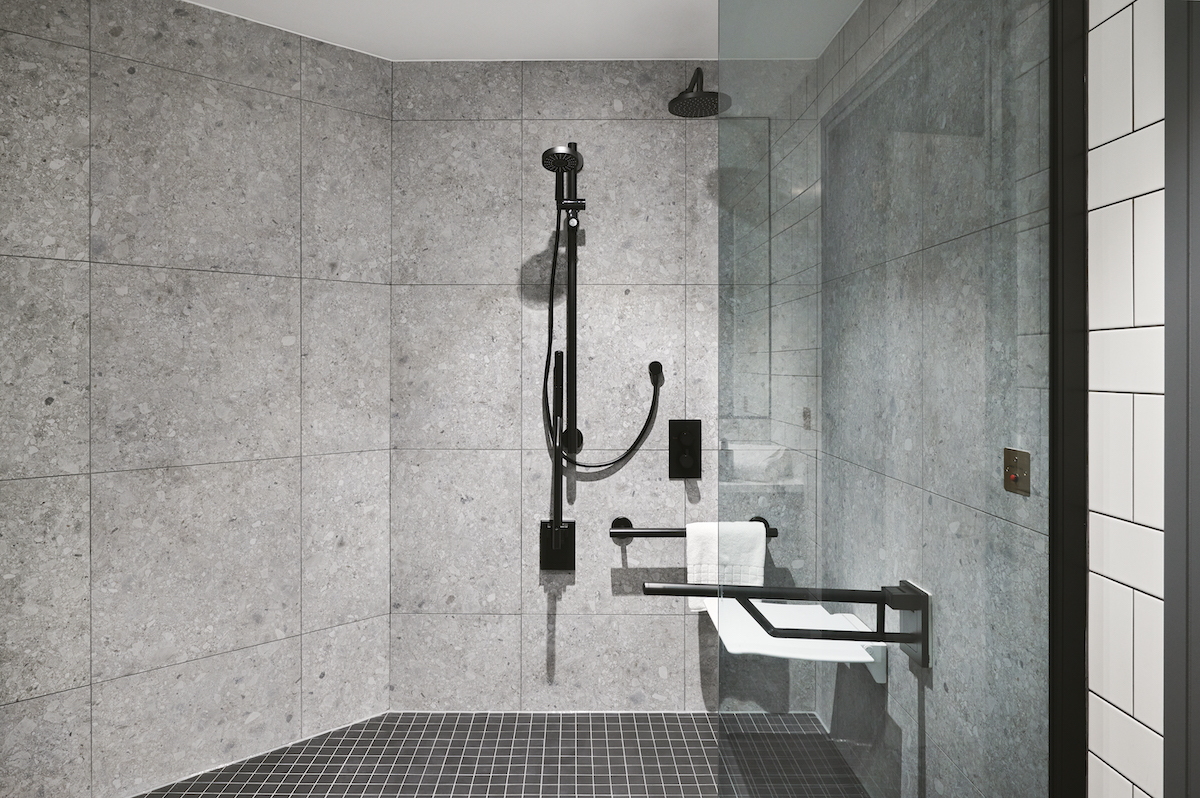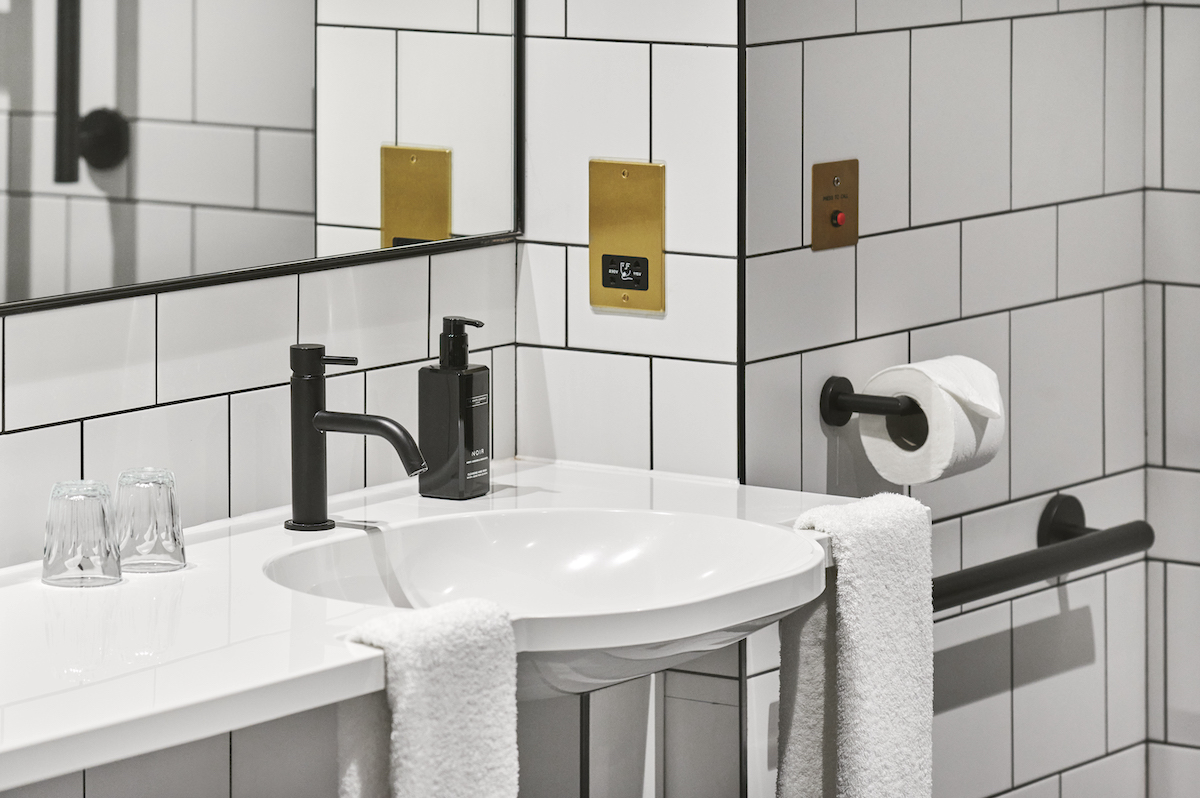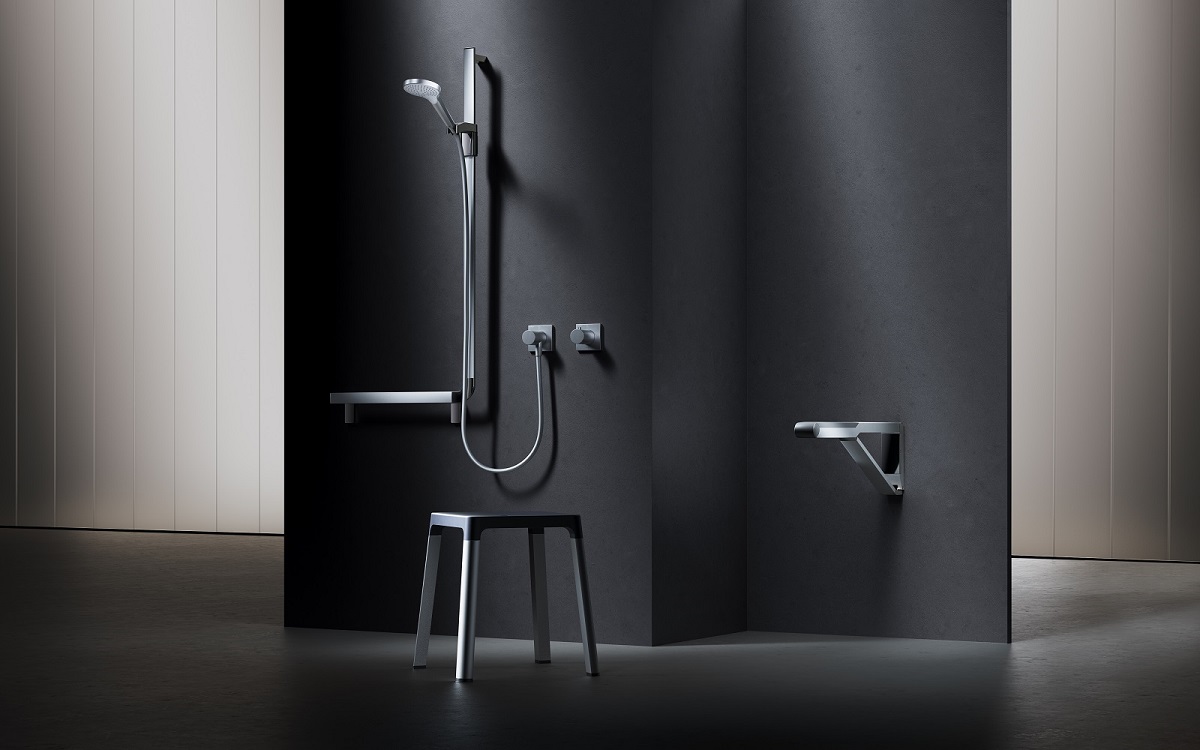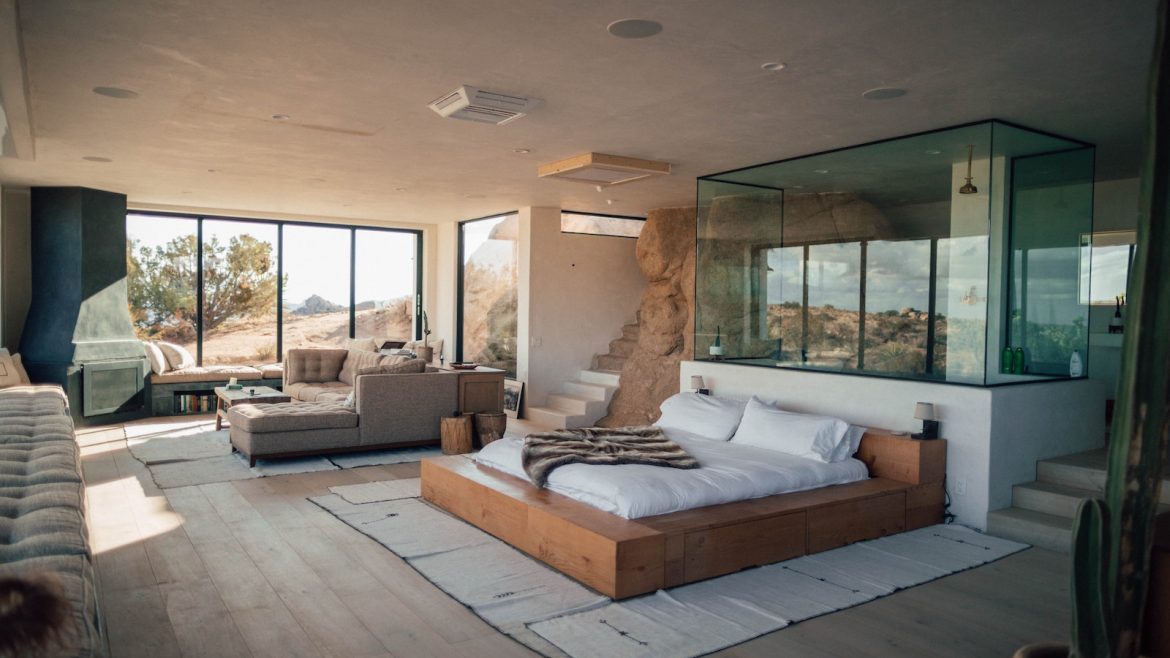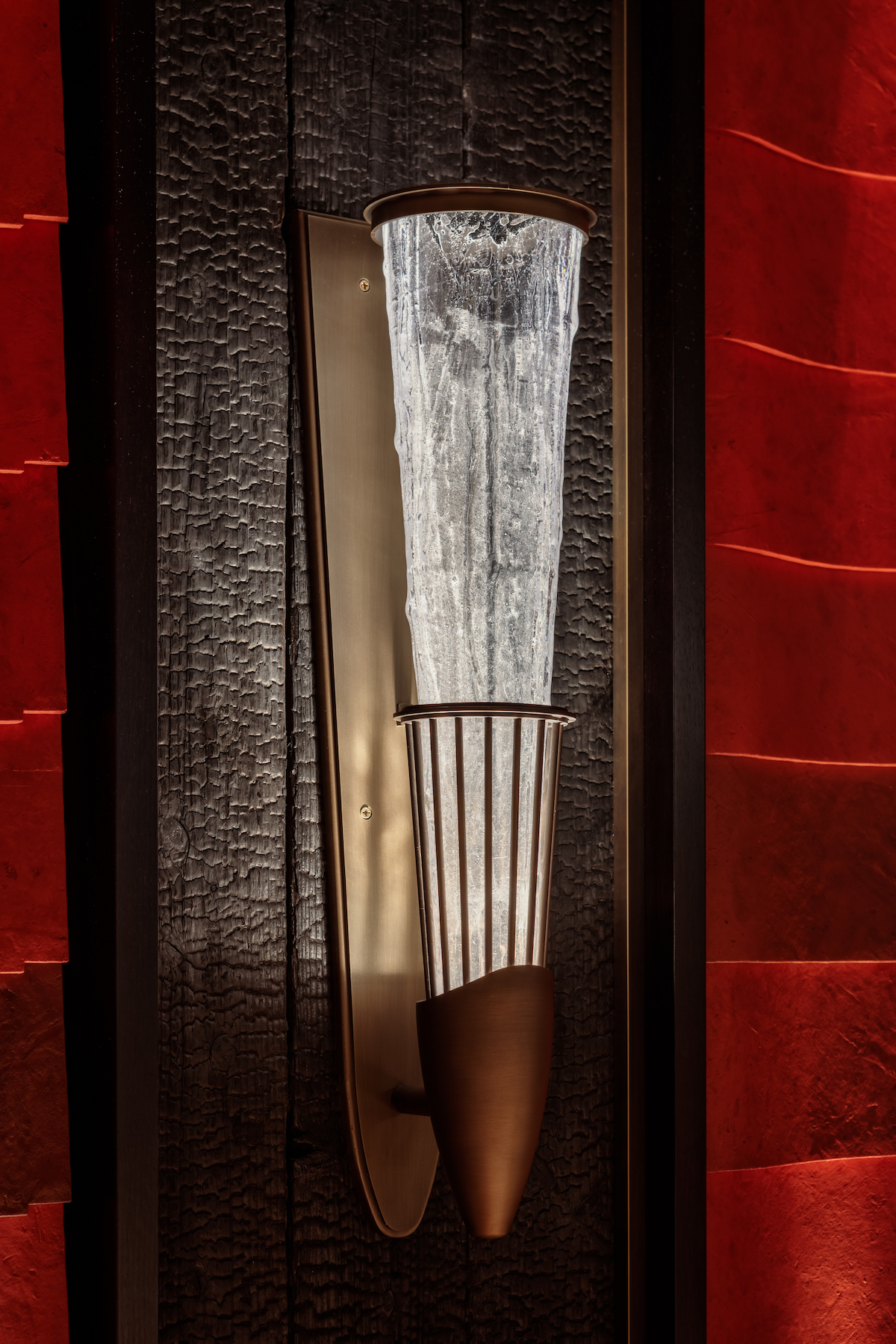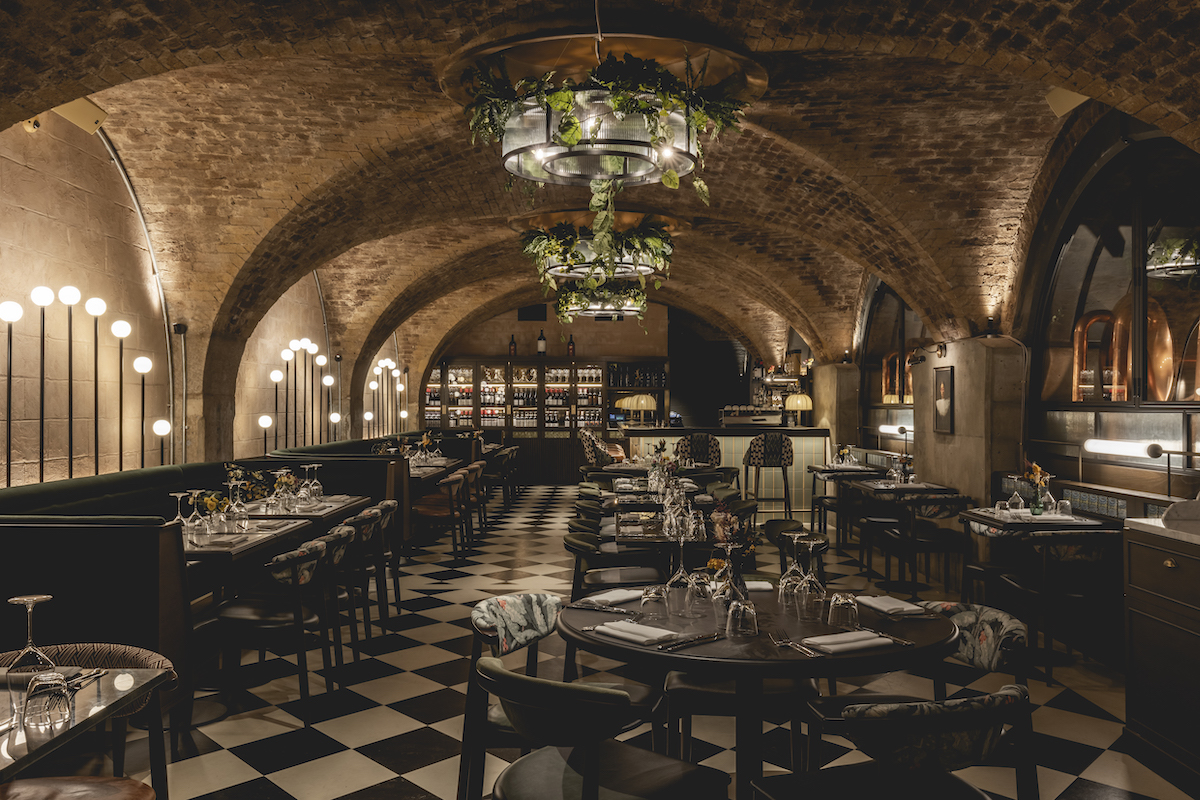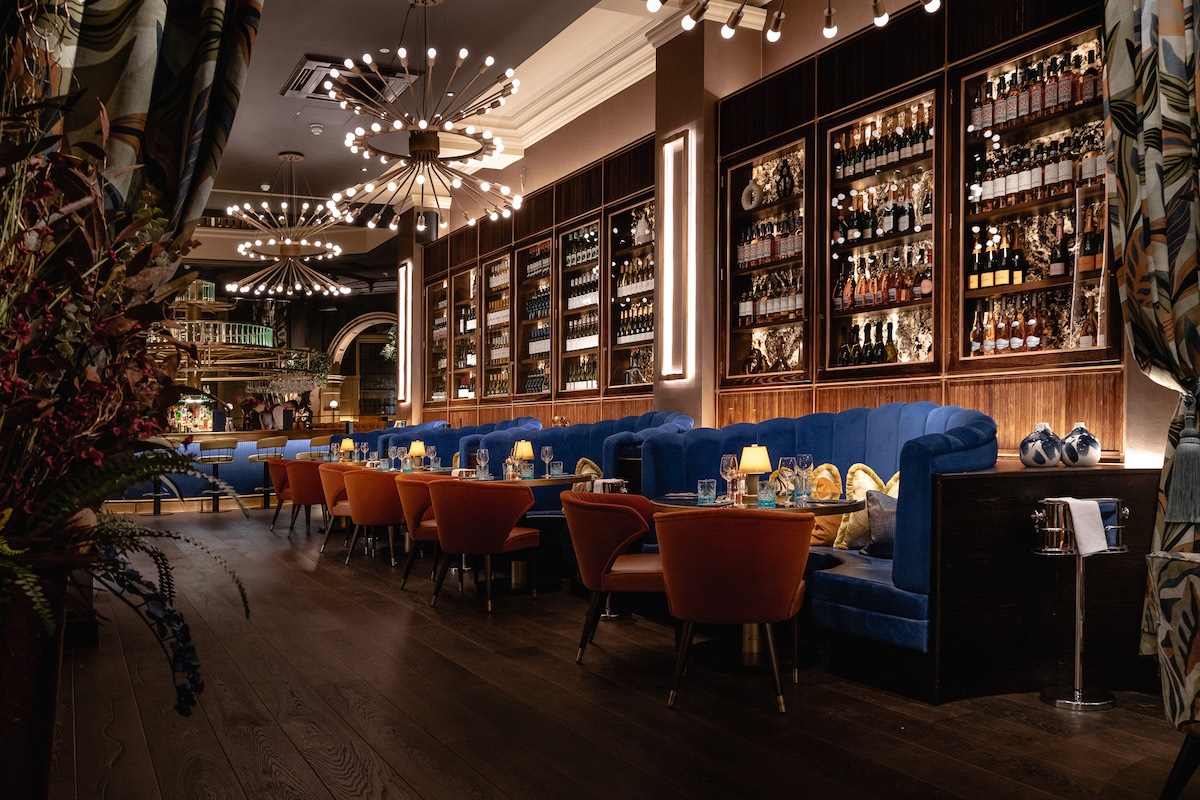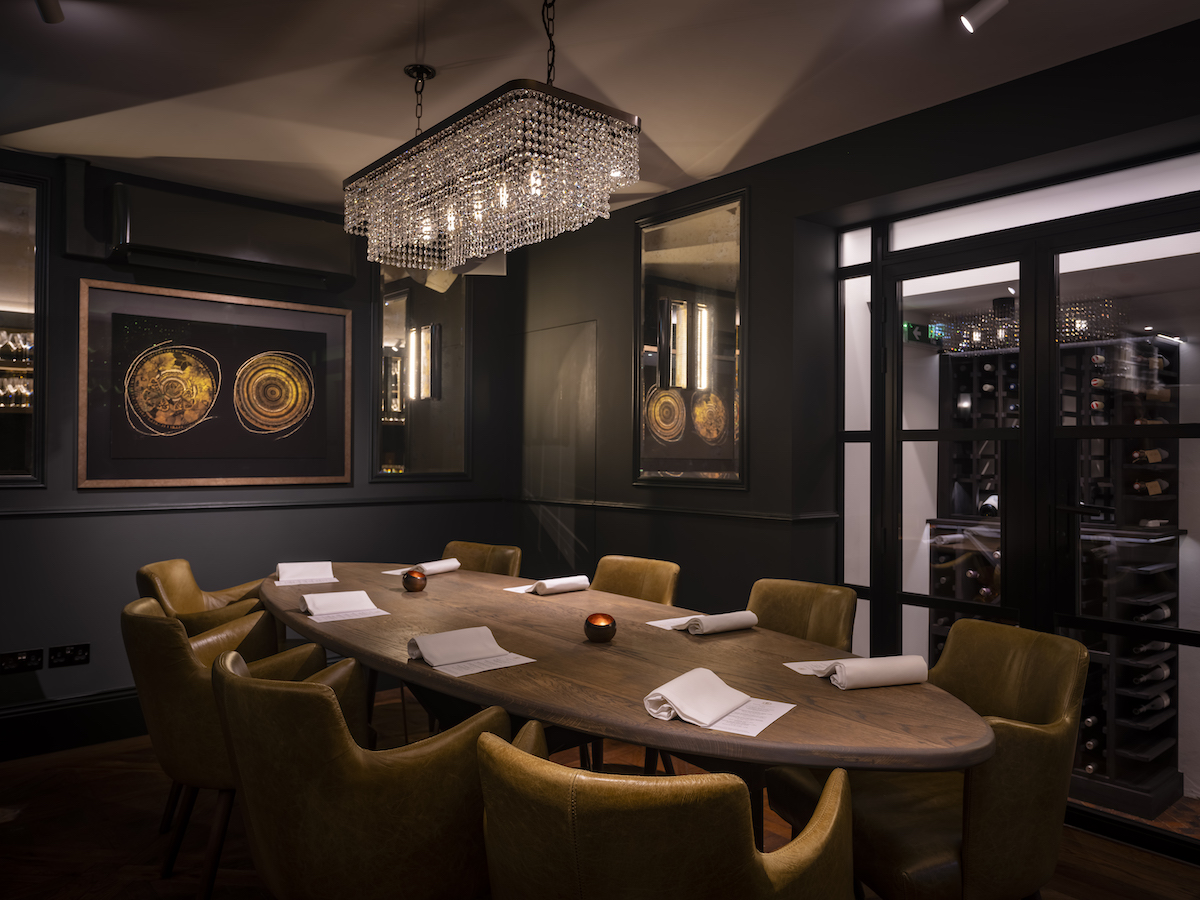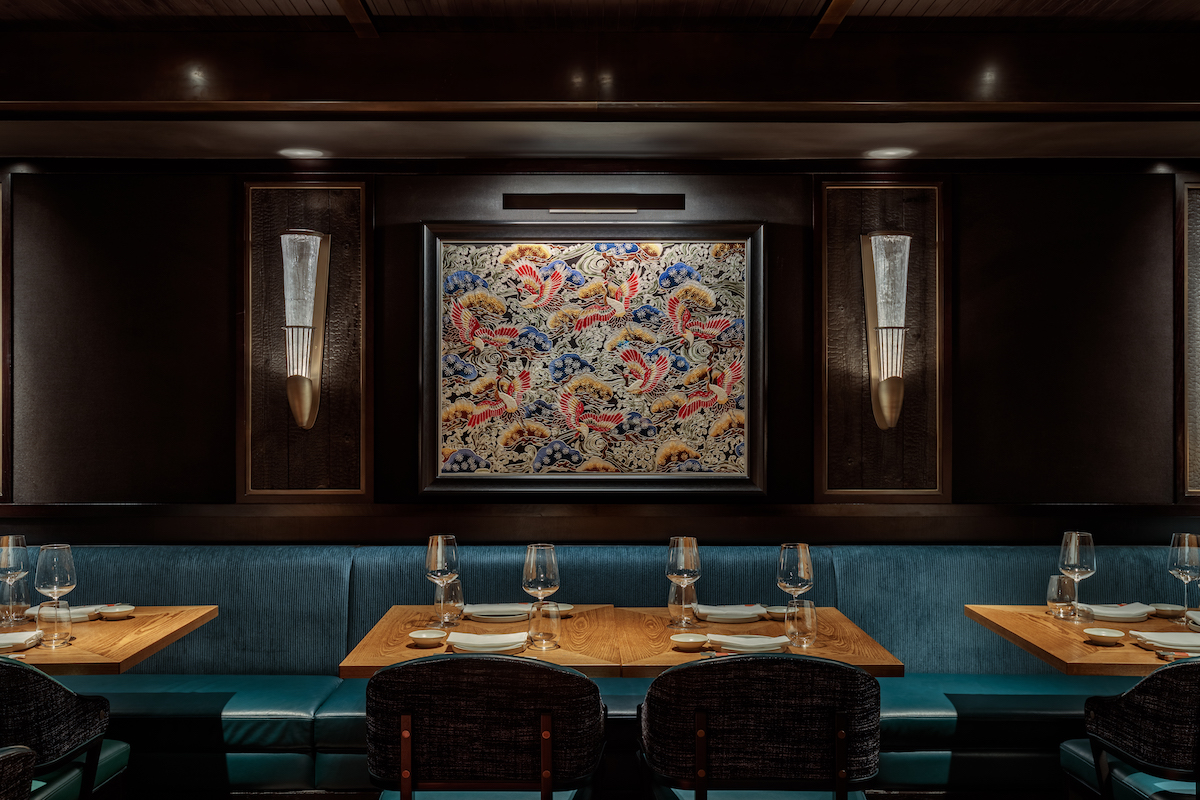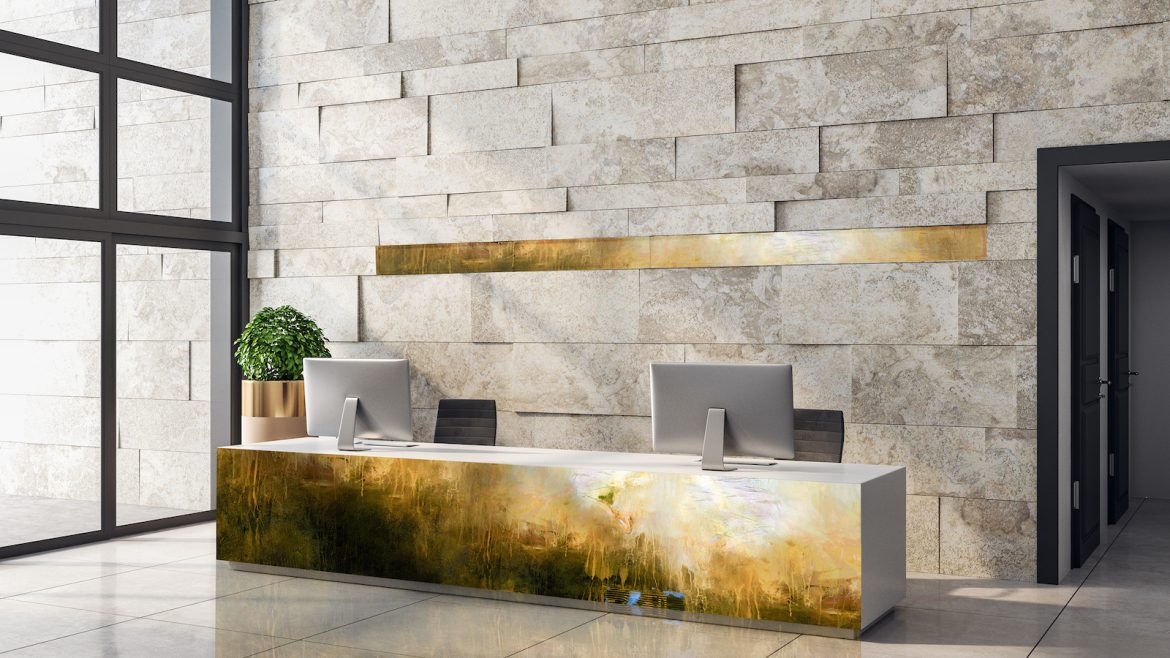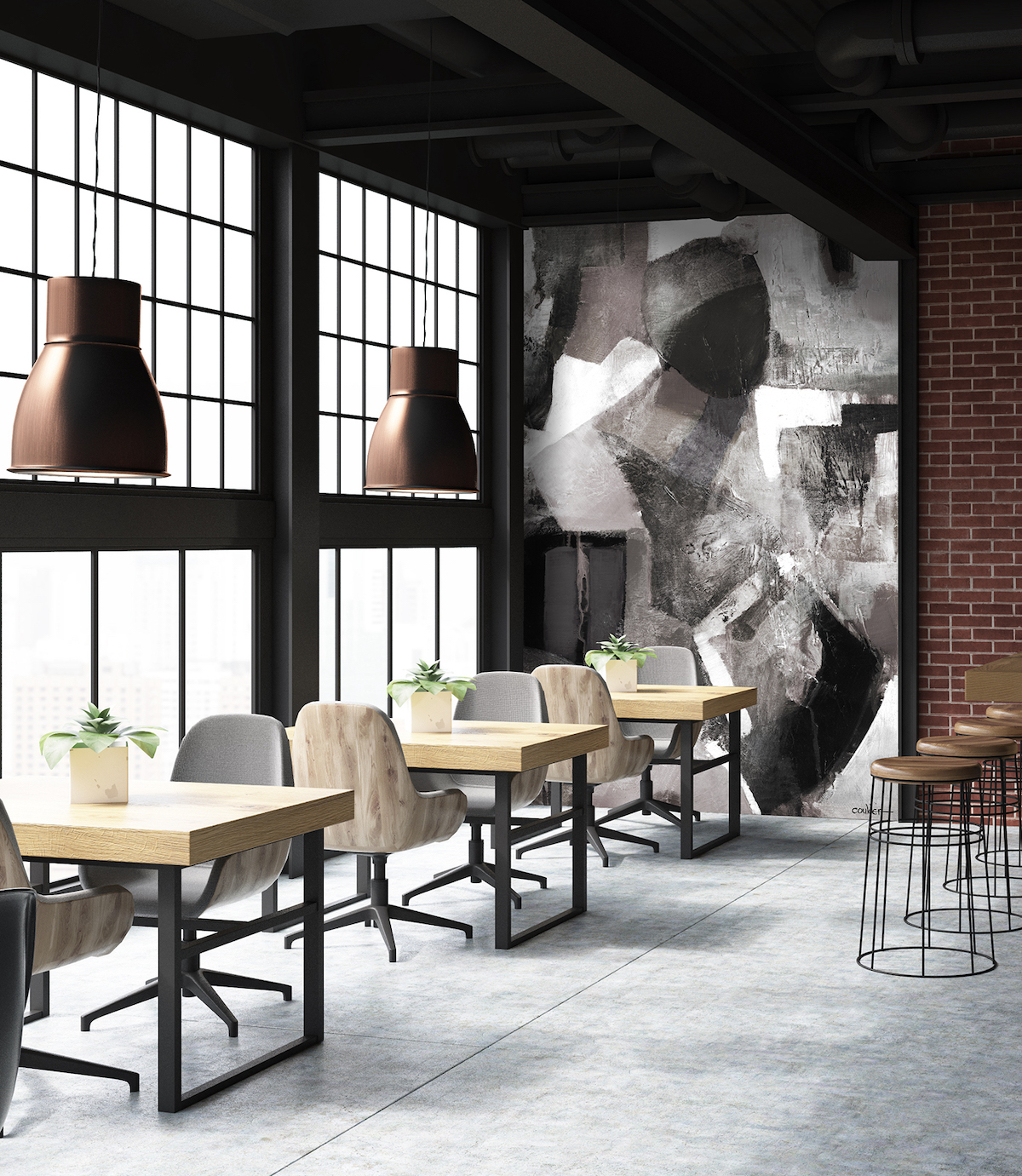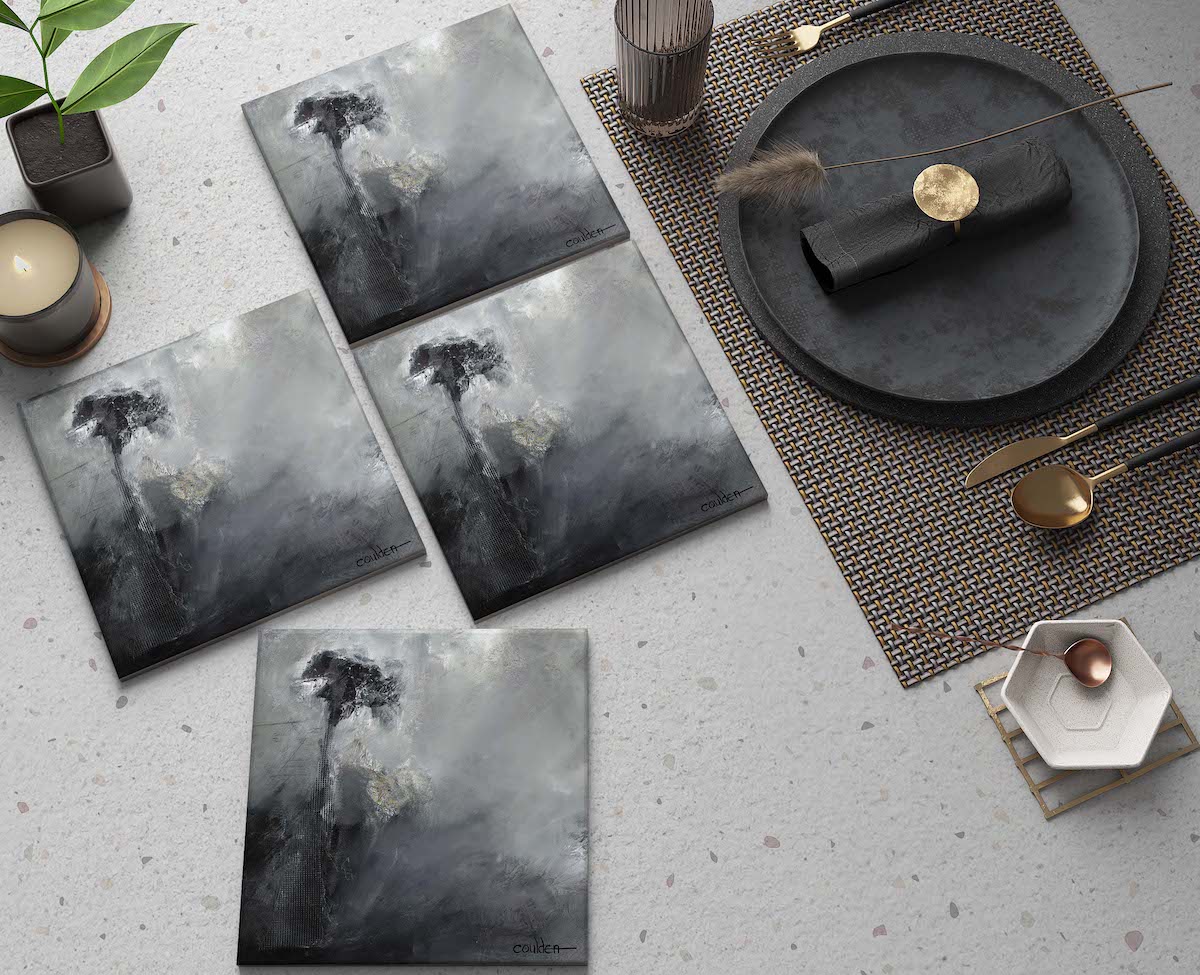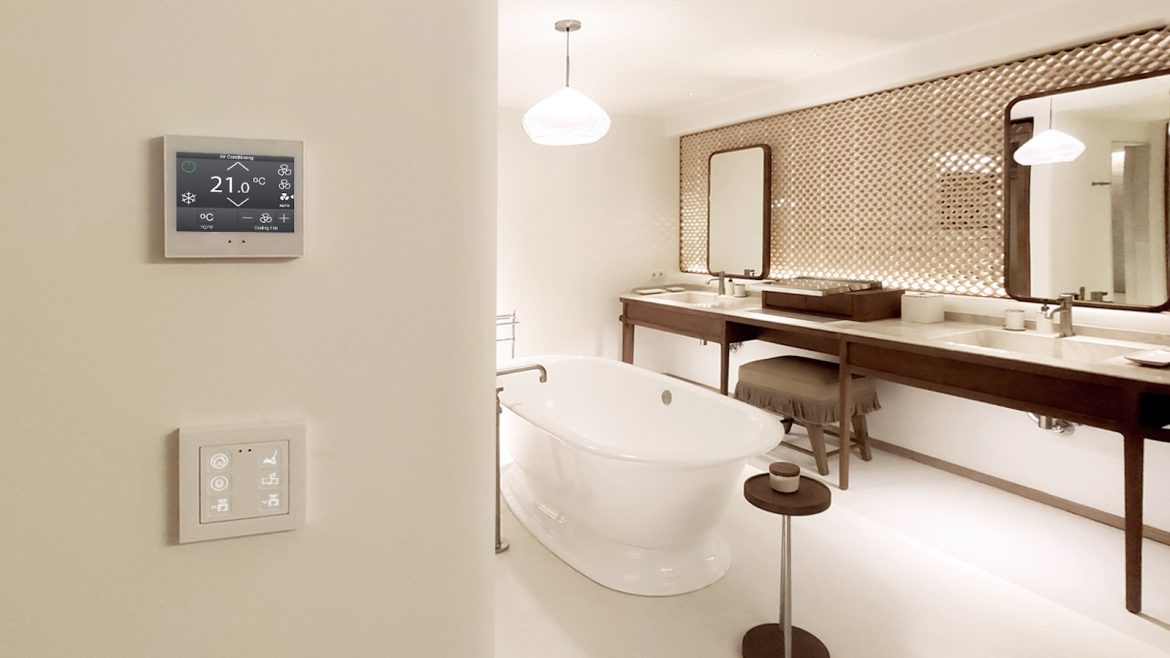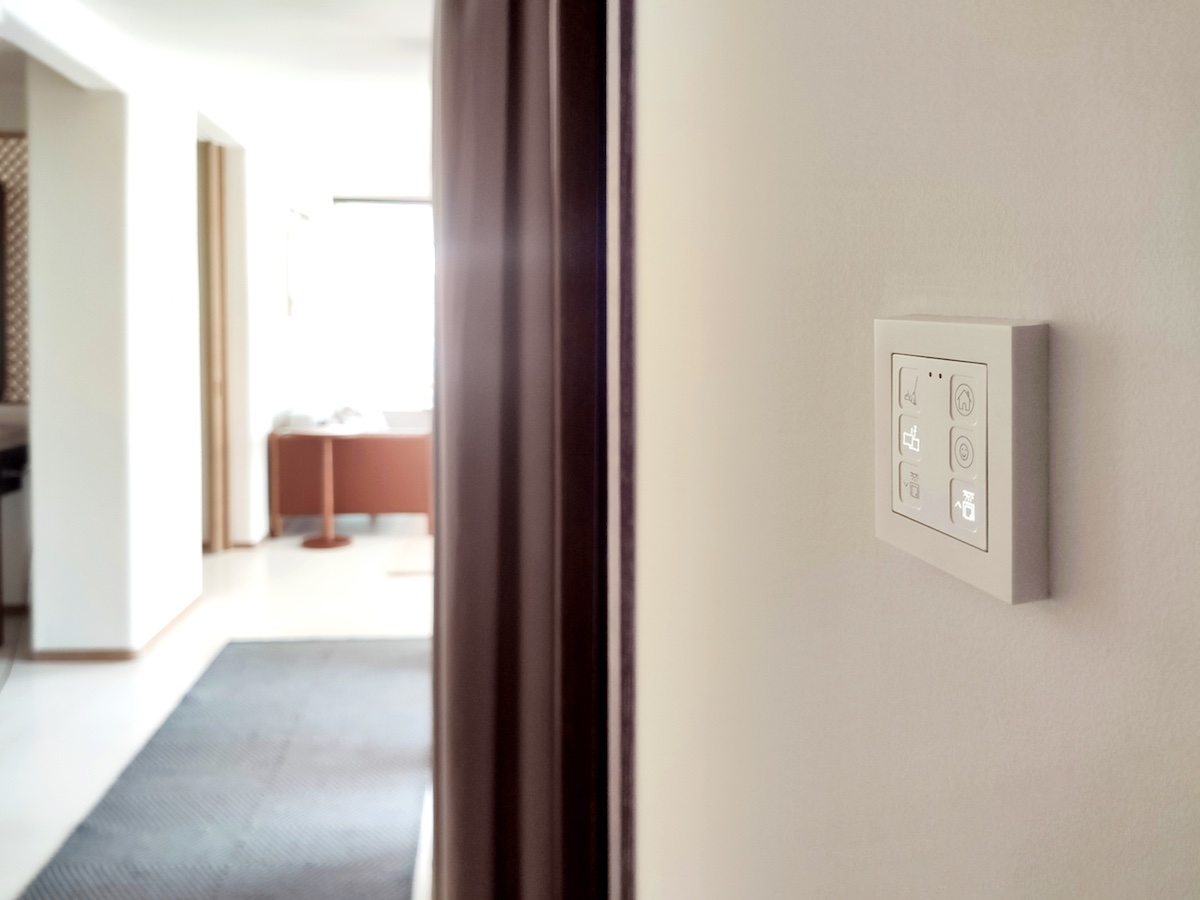How to monetise hotel interior design
https://hoteldesigns.net/wp-content/uploads/2023/11/spacejoy-YI2YkyaREHk-unsplash-1024x640.jpg 1024 640 Hamish Kilburn Hamish Kilburn https://secure.gravatar.com/avatar/81d2884aeeac3c45e38c47cacc508c2178bab773320ff2d6a83bdcc803d93aec?s=96&d=mm&r=gLee Chamberlain, Co-Founder of Reevela, explains how hotel interior design can become its own revenue channel…

In a world where convenience reigns supreme, the hospitality industry is constantly evolving to meet the ever-changing demands of modern travellers.
In this GTHD article, we explore an innovative approach that not only enhances the guest experience but also opens up new avenues for monetising interior design in hotels, restaurants and common workspaces. It’s called, Reevela.
Reevela’s mission is clear; to transform the way people experience and interact with the world of interior design. Imagine you’re staying at a hotel, and you spot a beautifully designed lamp in your room, appreciate the comfort of your bed, or find the candle holders in the breakfast restaurant charming. With Reevela, which was ‘Highly Commended’ in the Best in Tech category at The Brit List Awards 2023, you can turn these moments of curiosity into opportunities for discovery and purchase.
The brand’s vision is to redefine hospitality venues, such as hotels, restaurants, and common workspaces, as more than just places to stay, dine, or work. We aim to turn them into vibrant design showrooms and retail storefronts.

Image credit: Unsplash
Here’s how it works. Guests use their mobile devices to scan objects that pique their interest. Our innovative visual lookup technology and machine learning algorithms ensure instant and accurate results. With the identity of an object unveiled, guests can take various paths—click to buy, browse to learn more, or delve deeper into the local culture associated with the venue. This approach supports craftspeople, designers, and artists linked to the property, fostering a sense of connection with the local community.
At Reevela, we empower guests to rediscover the importance of tactile exploration—touch, feel, and use—before making purchasing decisions. Our solution allows your guests to uncover, learn about, and purchase everything they love about your venue, from furniture and decorations to textiles, accessories, art, fashion, lighting, and more.
A revenue model that benefits all
What sets Reevela apart is that it’s free to use for guests, and there are no sign-up fees or subscription charges for venues. We take care of the setup, and maintenance is minimal. In return, we offer a split revenue model that enables you to earn a share of the profits from any item sold as a result of a scan at your property.
Unleash the value of your design inventory
Consider this: How often do your fixed assets and design inventory appreciate in value and generate ancillary revenue? Reevela offers an exciting opportunity for hospitality venues to not only showcase their design choices but also monetise them.
Monetising interior design in hospitality is not just a financial endeavour; it’s a transformative approach that enhances every aspect of the guest experience. By integrating Reevela into your venue, you’re not merely offering a place to stay, dine, or work; you’re creating an immersive journey into the world of design.
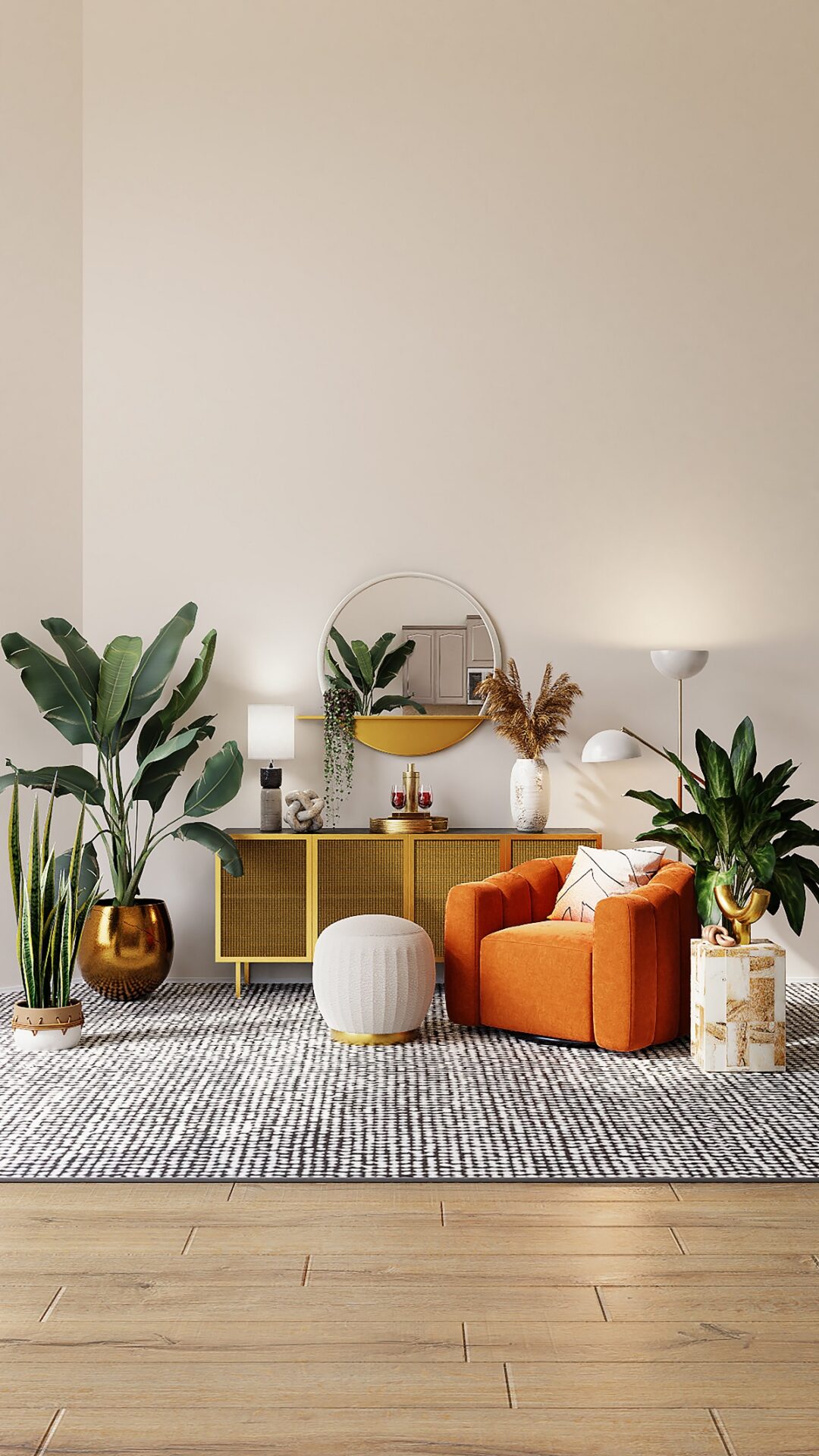
Image credit: Unsplash
Reevela is designed with the guest experience in mind. It’s a seamless process that enhances the overall stay. When a guest spots a captivating item in their room, the process of exploration and potential purchase is intuitive. They can simply use their mobile device to scan the item and instantly revealing details, options, and even the story behind it.
One of the remarkable aspects of Reevela is its ability to empower local artisans, craftsmen, designers, and artists. When guests explore and purchase locally sourced and crafted items, they’re not just acquiring beautiful objects; they’re also contributing to the livelihood of talented individuals in the community. This creates a sense of connection and authenticity that resonates with today’s conscious travellers.
For hospitality venues, Reevela offers a unique revenue stream that complements traditional income sources. While room bookings, dining, and events are essential, the ability to monetize your interior design choices opens up new possibilities. It’s a way to leverage the aesthetic appeal of your venue and turn it into a profit centre.
Your venue’s interior design is a reflection of your brand identity. Reevela allows you to not only showcase your design choices but also reinforce your brand narrative. Guests can explore the unique aspects of your design philosophy, and each item they purchase becomes a tangible reminder of their experience at your venue.
Reevela’s impact extends beyond the duration of a guest’s stay. When guests take home a piece of your venue—a distinctive lamp, a piece of artwork, or a stylish accessory—they’re also taking with them a lasting memory. These items become cherished souvenirs that keep your venue in their hearts long after they’ve checked out. This emotional connection translates into loyalty and the potential for repeat visits or recommendations to friends and family.
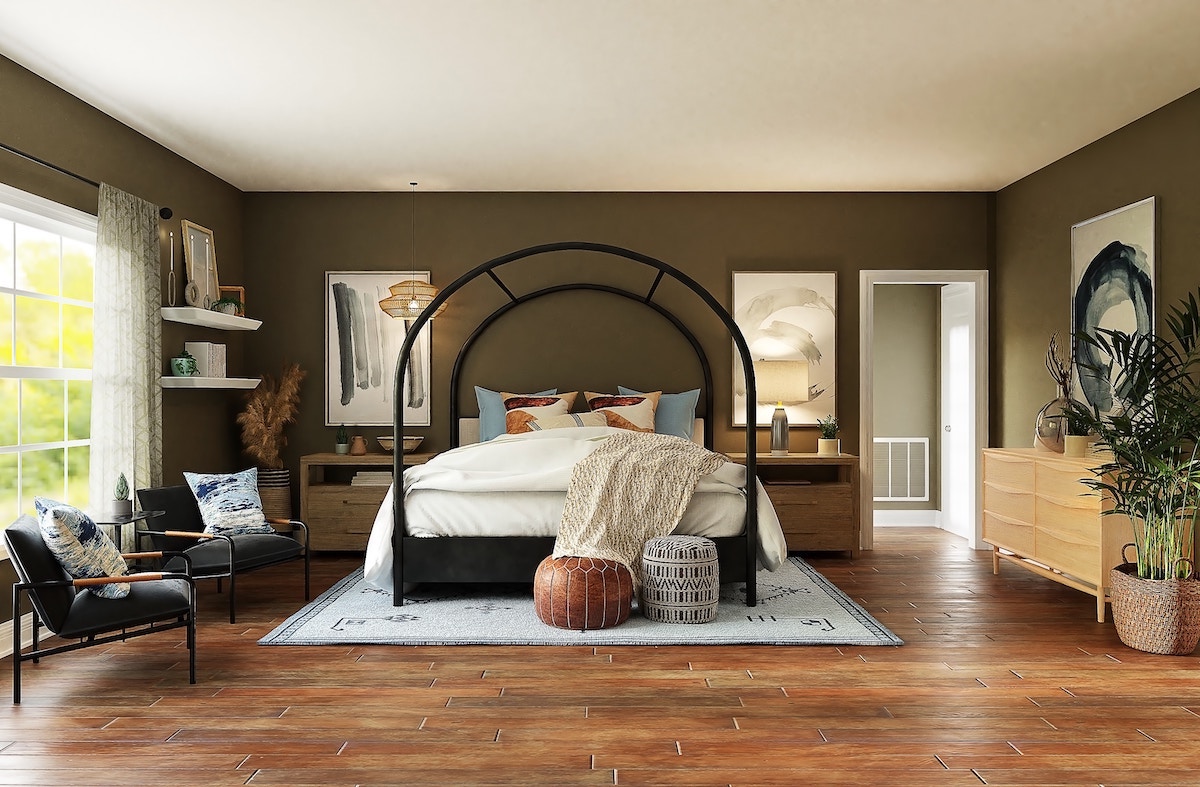
Image credit: Unsplash
Creating a win-win-win Scenario
The beauty of Reevela’s approach to monetizing interior design is that it’s a win-win-win scenario. Guests win by discovering and acquiring unique items that enhance their lives and memories. Local artisans and designers win by gaining visibility and support. Hospitality venues win by diversifying their revenue streams, enhancing the guest experience, and reinforcing their brand identity.
In conclusion, Reevela represents a groundbreaking approach to interior design monetization in the hospitality industry. It goes beyond aesthetics; it’s about enriching the guest experience, supporting local creativity, and generating sustainable revenue streams. By integrating Reevela into your venue, you’re not just offering a place to stay or dine; you’re creating an immersive journey that allows guests to connect with design on a profound level. It’s a transformation that aligns seamlessly with the evolving demands of modern travellers and unleashes the full potential of interior design in hospitality.
The era of interior design as a passive element is over. With Reevela, it becomes an active, revenue-generating, and memory-making part of the guest experience. Embrace the future of interior design monetization and join us in revolutionizing the way guests interact with and cherish the spaces they visit.
Reevela is one of our Recommended Suppliers and regularly features in our Supplier News section of the website. If you are interested in becoming one of our Recommended Suppliers, please email Katy Phillips.
Main image credit: Reevela

